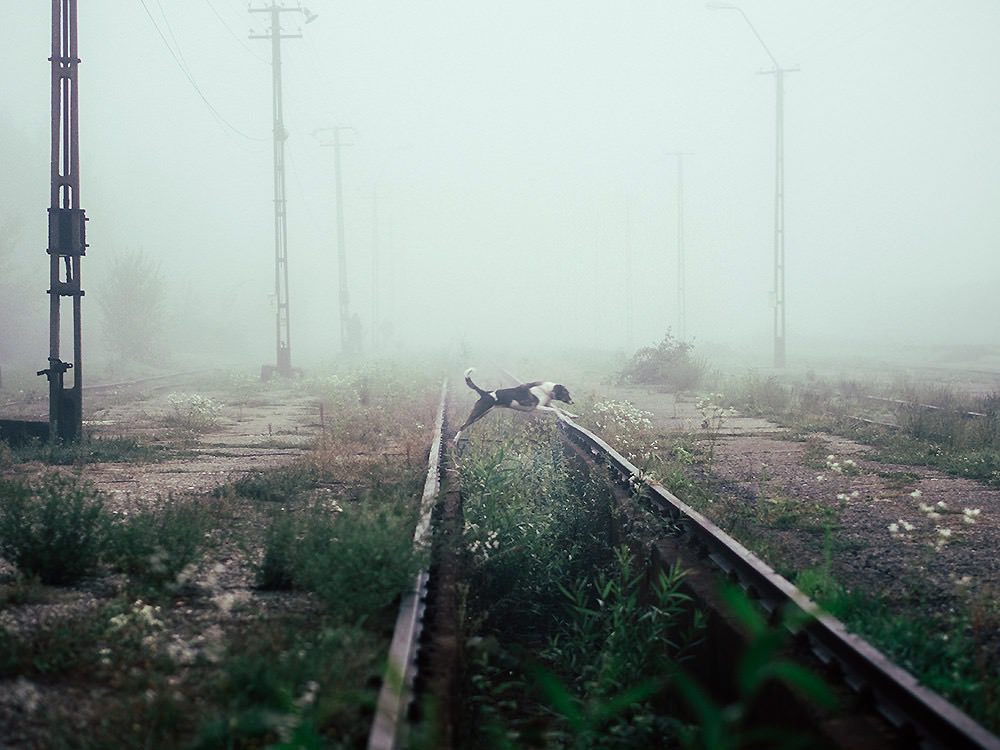Exibart Street Finalist Hajdu Tamás Interview
Dear Hajdu
first of all congratulations! You are one of the 9 finalists of the second Exibart Street Contest.
We received thousands of images from more than 100 countries all over the world, it’s an important result!
How do you feel about it?
It’s a great feeling that my work is appreciated.
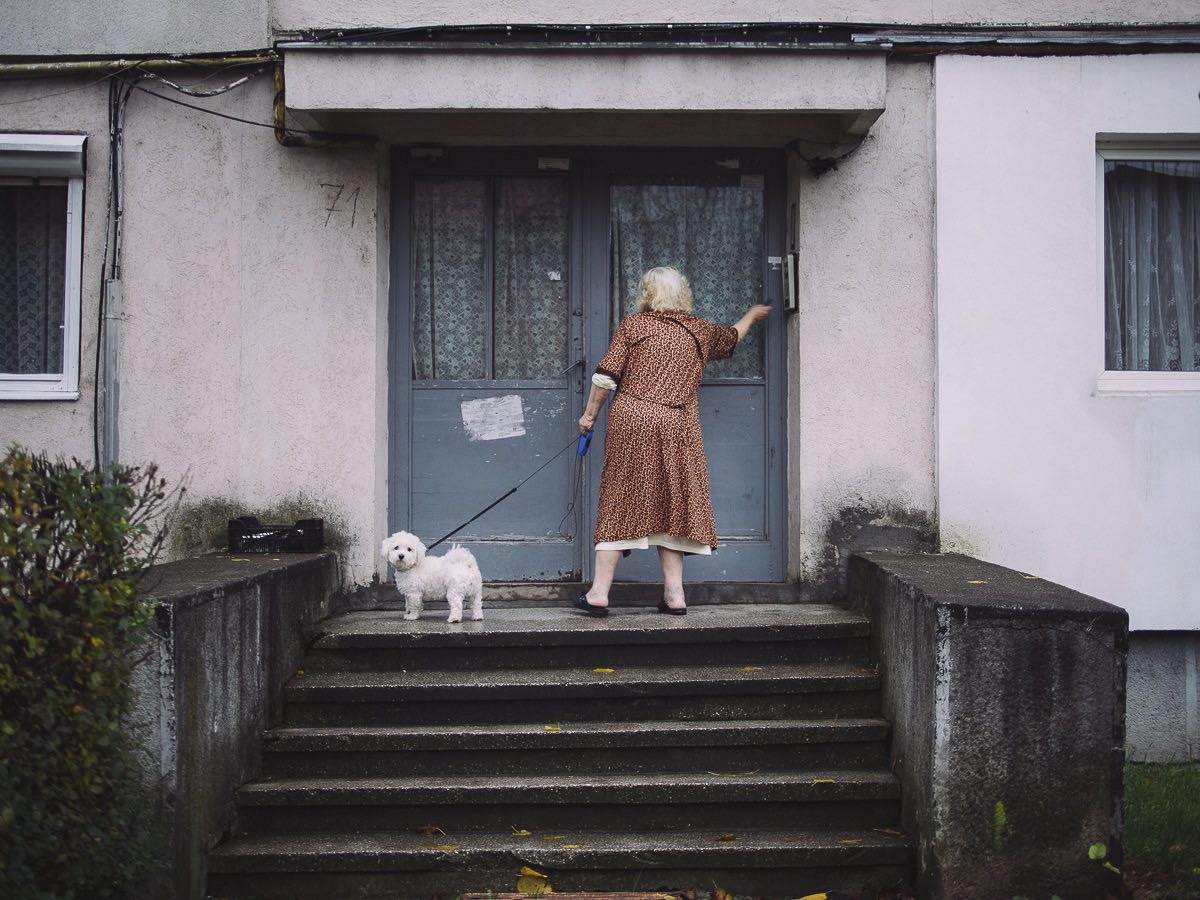
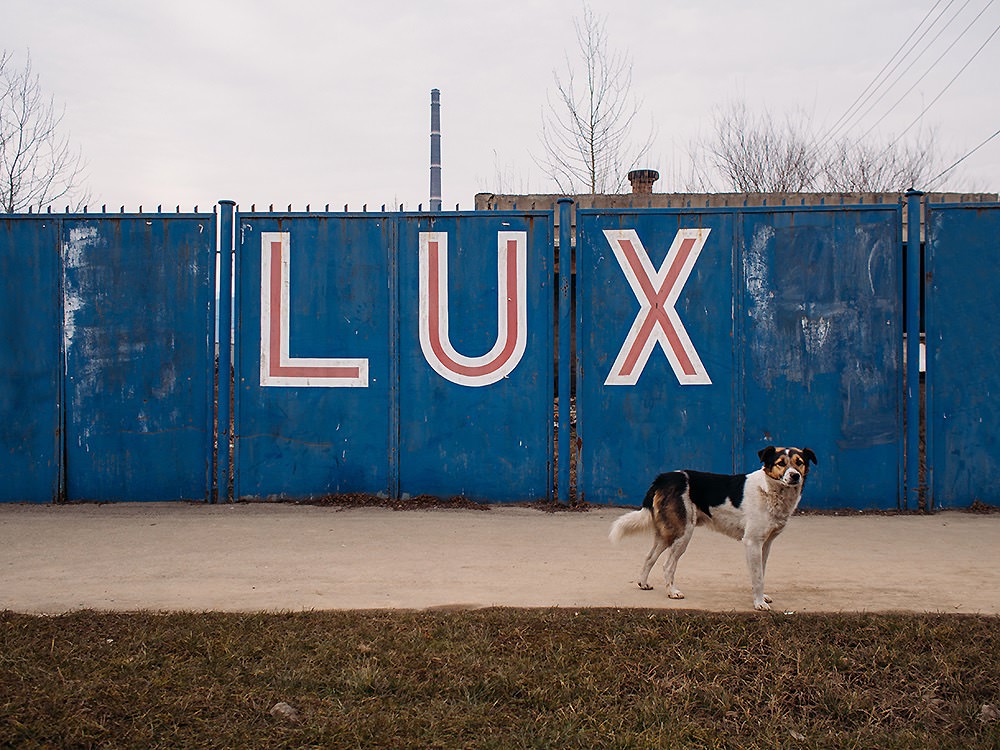
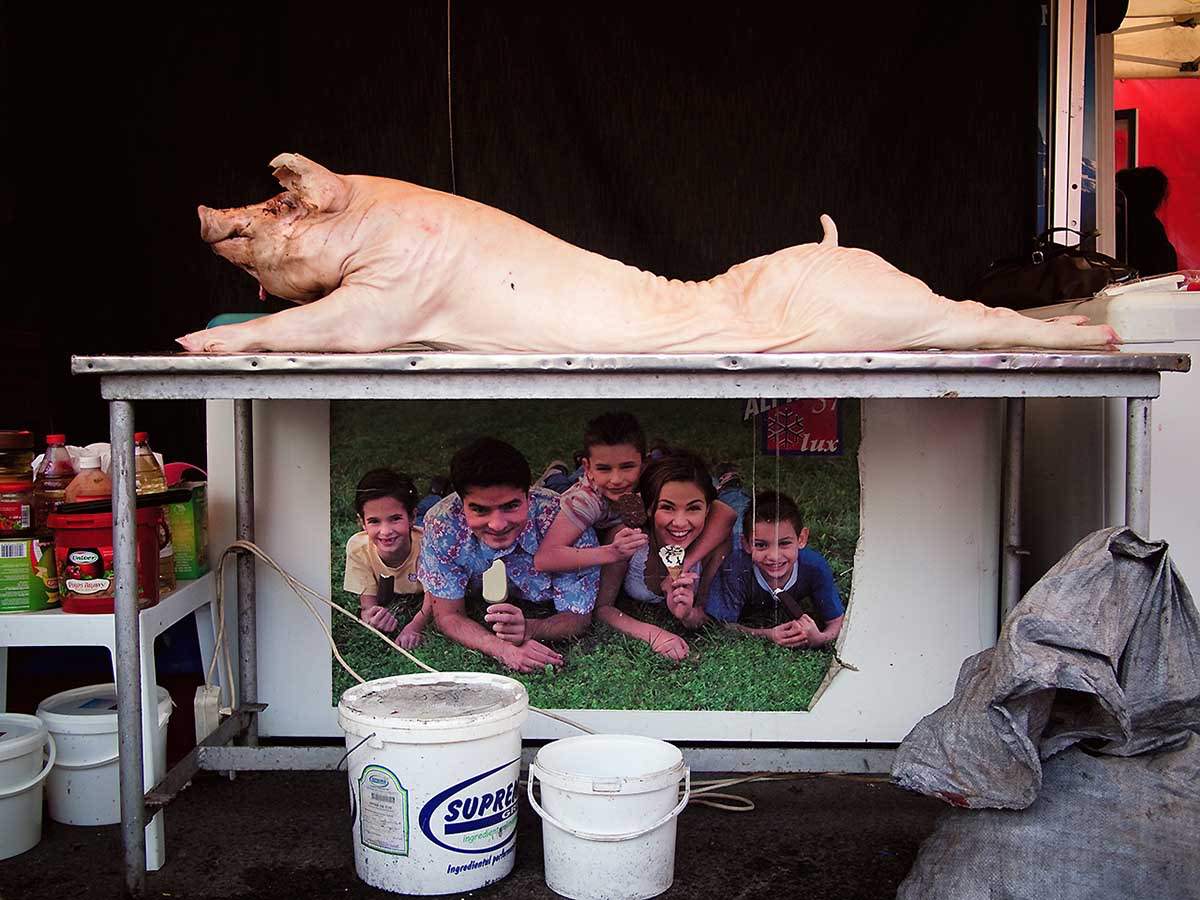
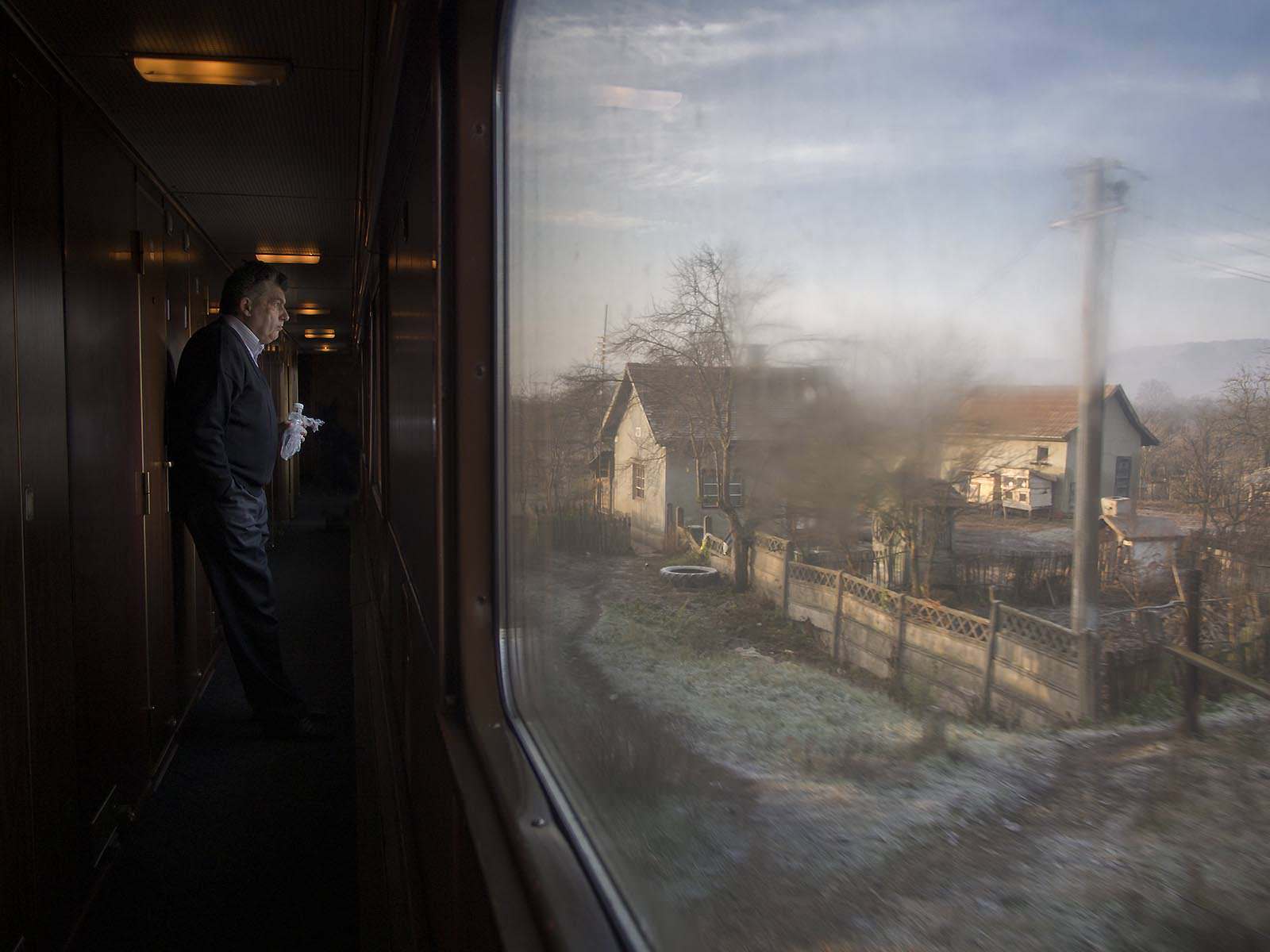
Can you tell something about yourself?
I am 44 years old and work as a veterinarian in a diagnostic laboratory. I am married and have an amazing 11 years old daughter.
What led you to begin doing street photography in the first place?
I’ve always been an observer of what happens on the street, starting from street fashion to graffiti culture. I have the impression that it was a natural way to go to street photography.
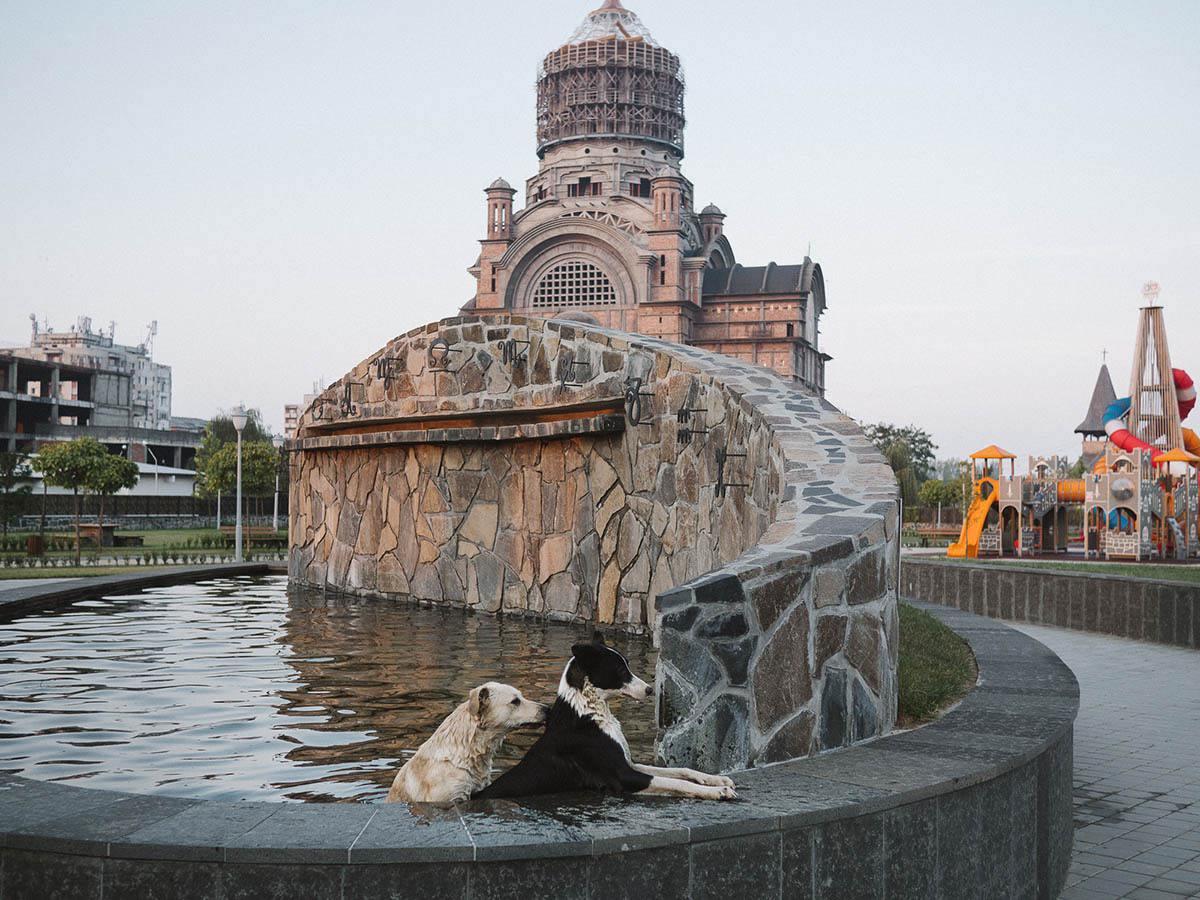
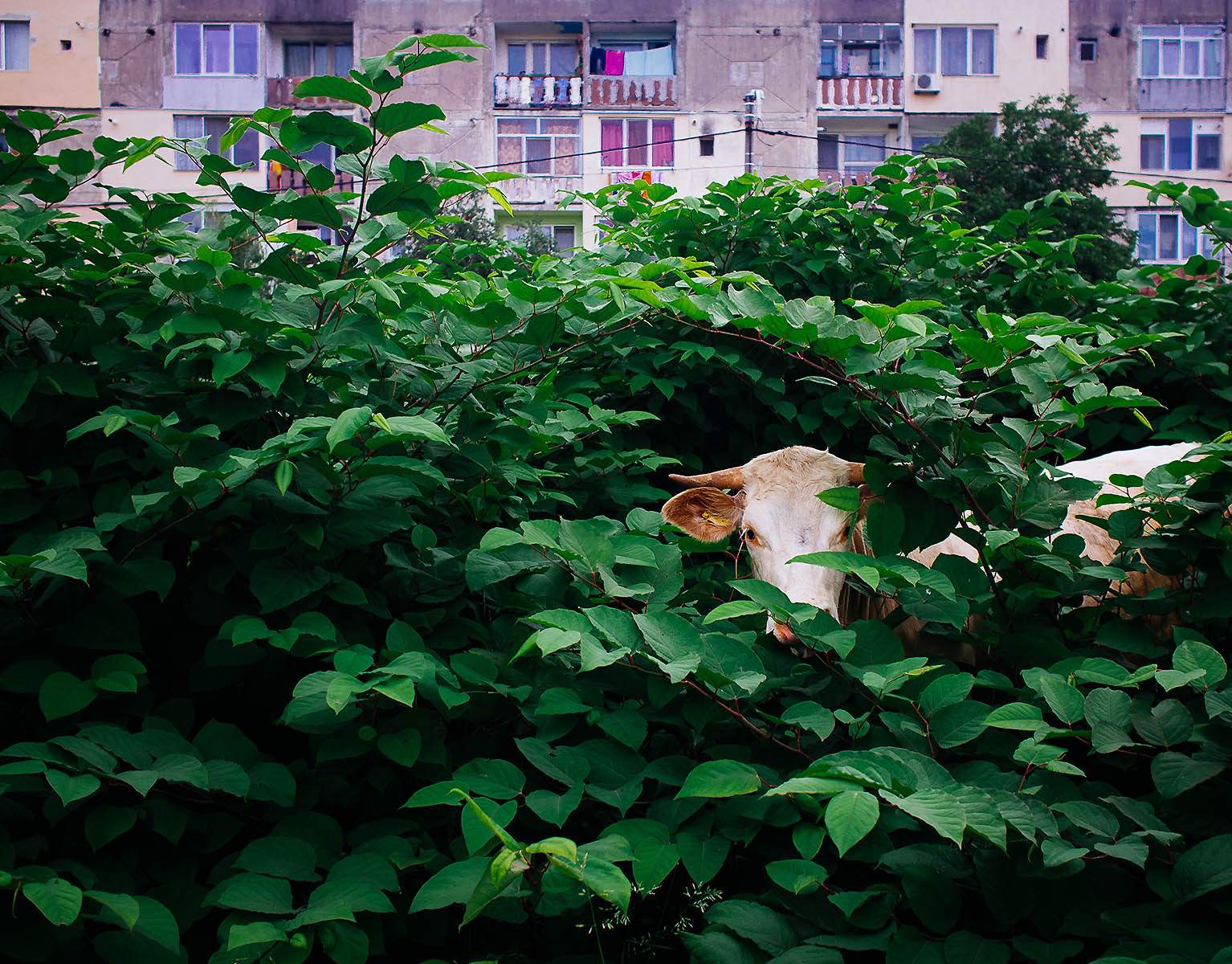
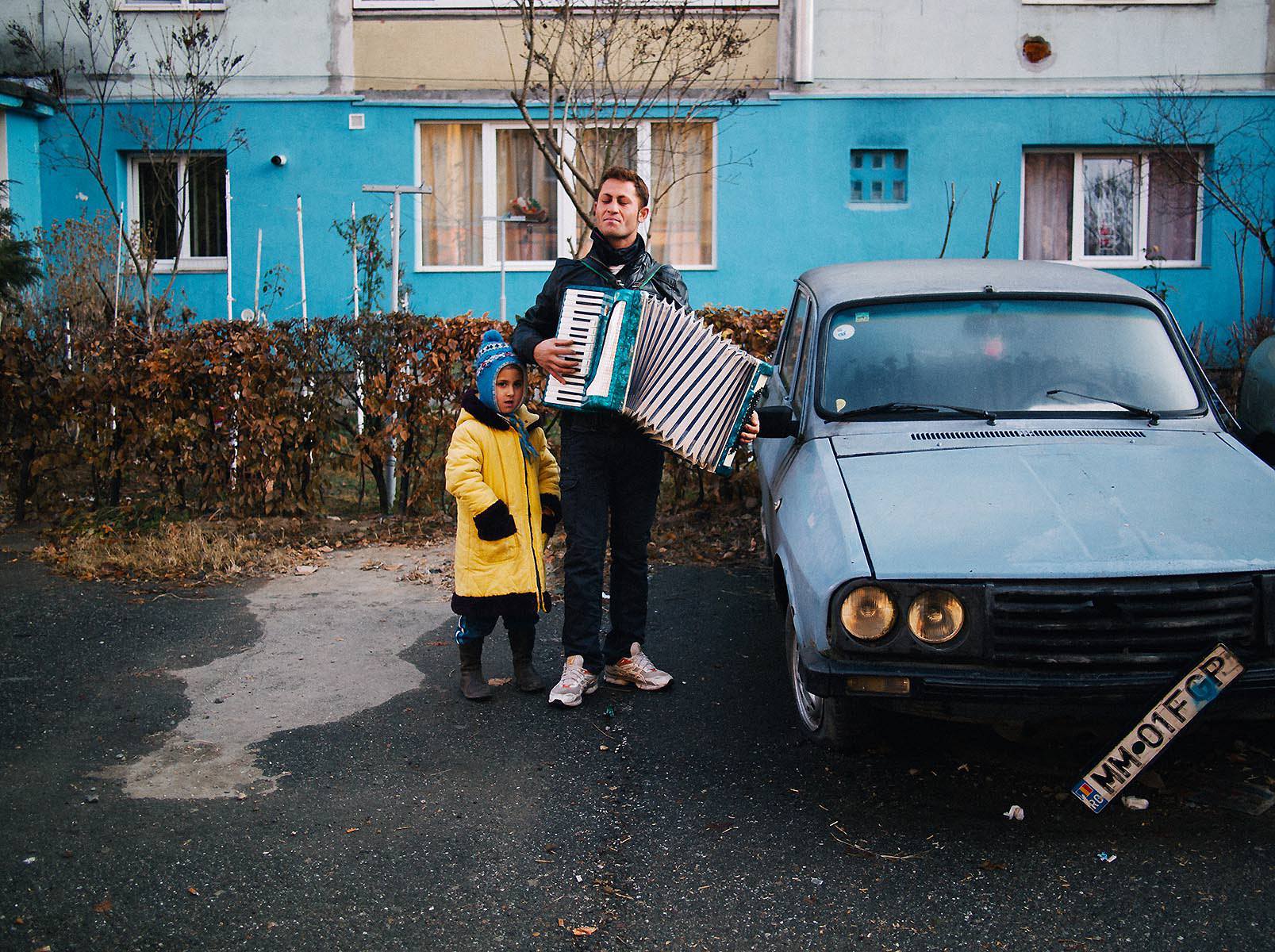
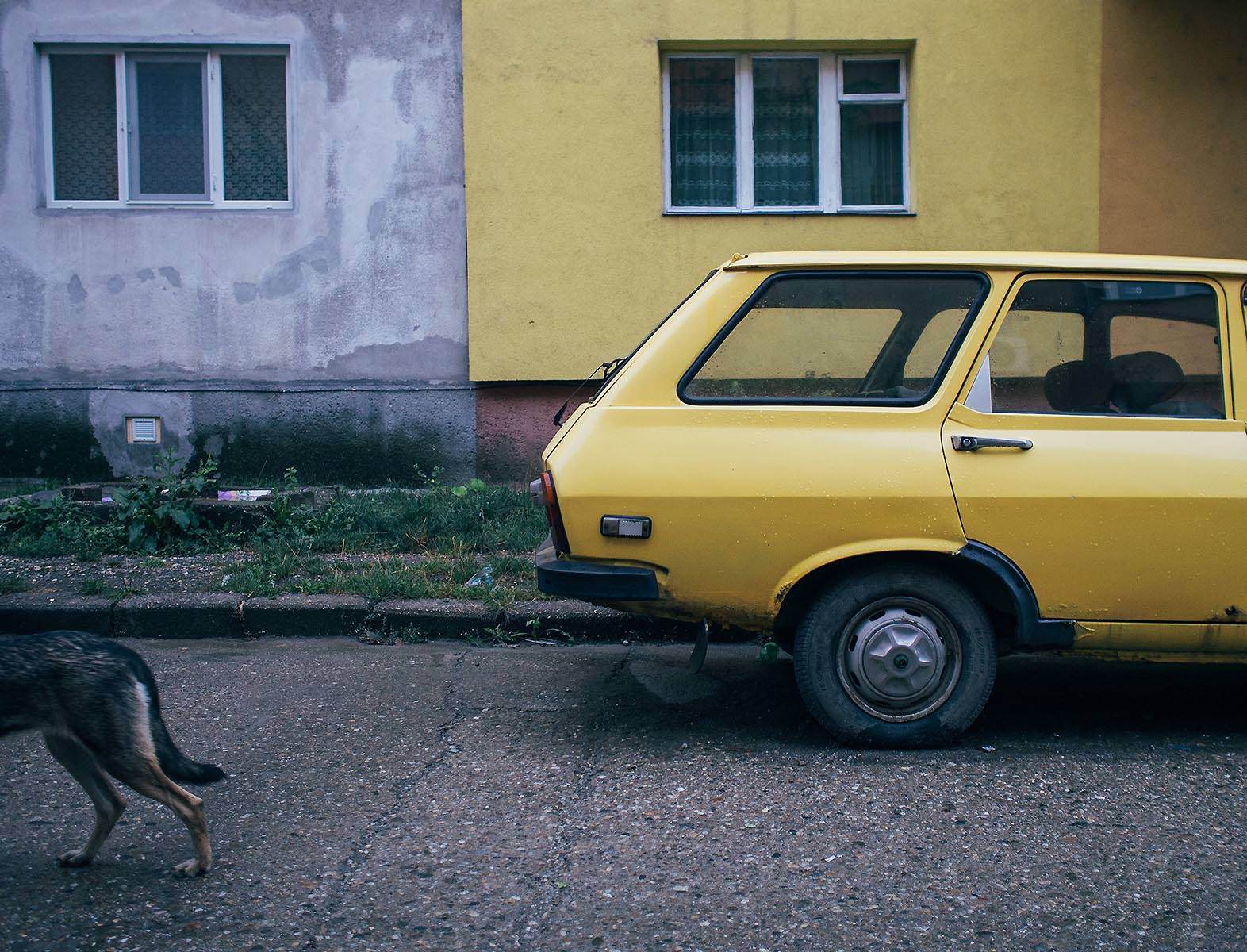
How would you define your photographic style?
I enjoy mixing realism with fine art to create a homogeneous mix.
Have you ever studied at a photography school or are you a self-taught artist?
I never learnt photography in the school, it would be appropriate to say that I learned photography on the streets. 🙂
What kind of equipment do you use and what role, in your opinion, does equipment have in street photography?
I think the most important thing is to feel comfortable with your equipment otherwise you will be frustrated and this will be noticed in the final picture. I use an Olympus Pen F and a Fuji X100T.
“To improve your creativity it is necessary to have a vast visual art culture, and here is where art can help you evolve by watching movies, paintings or photography albums.”
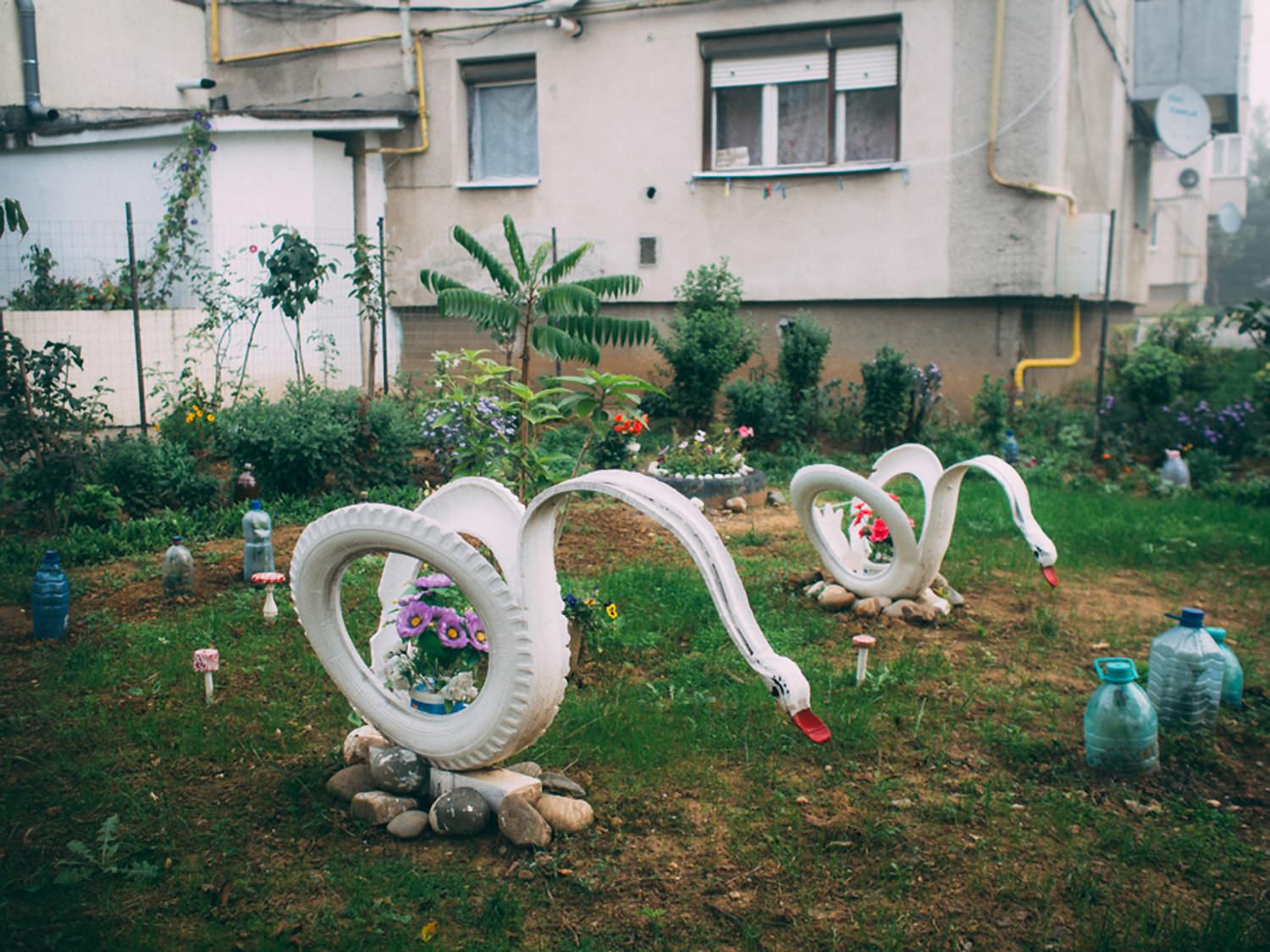
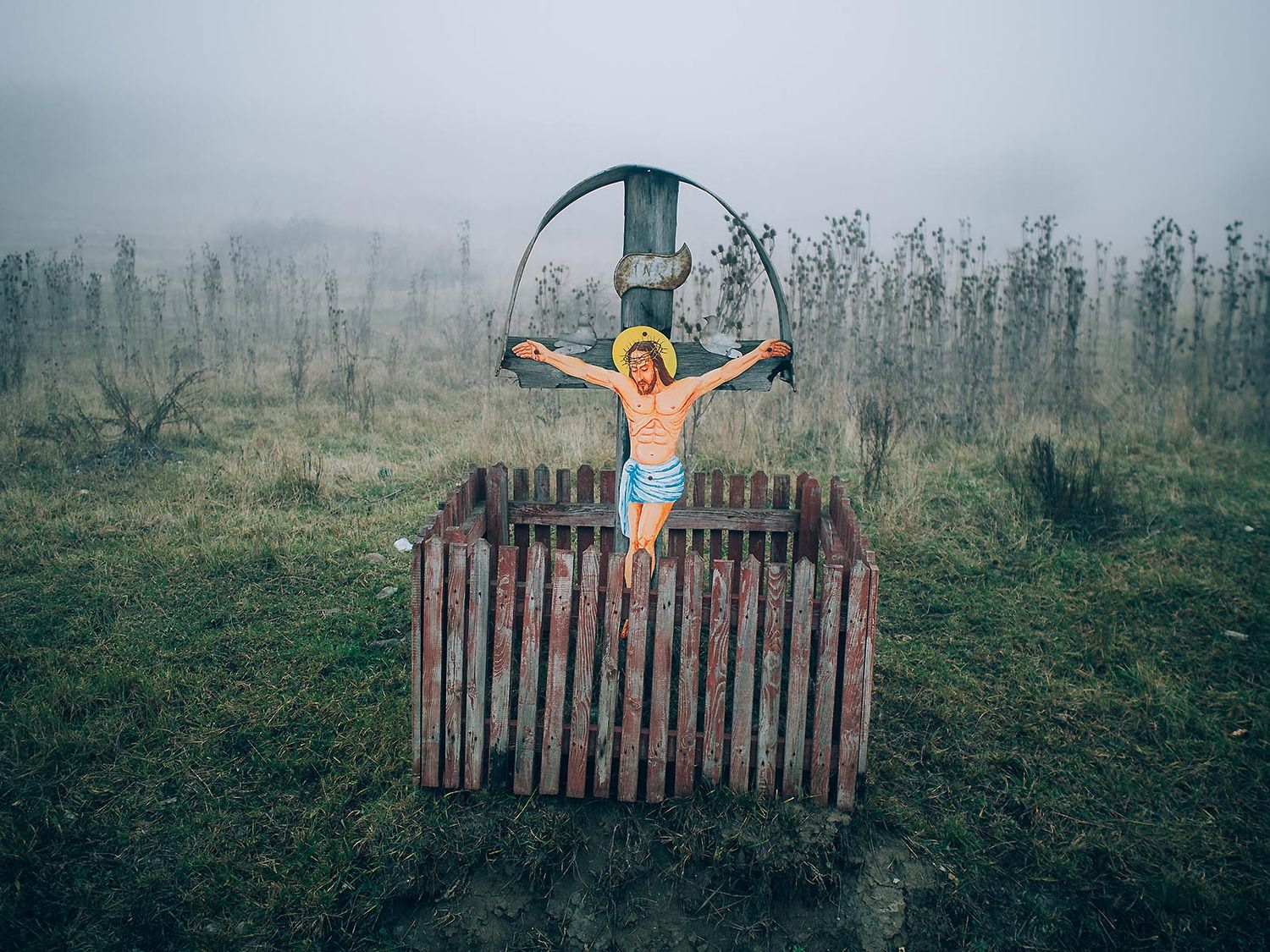
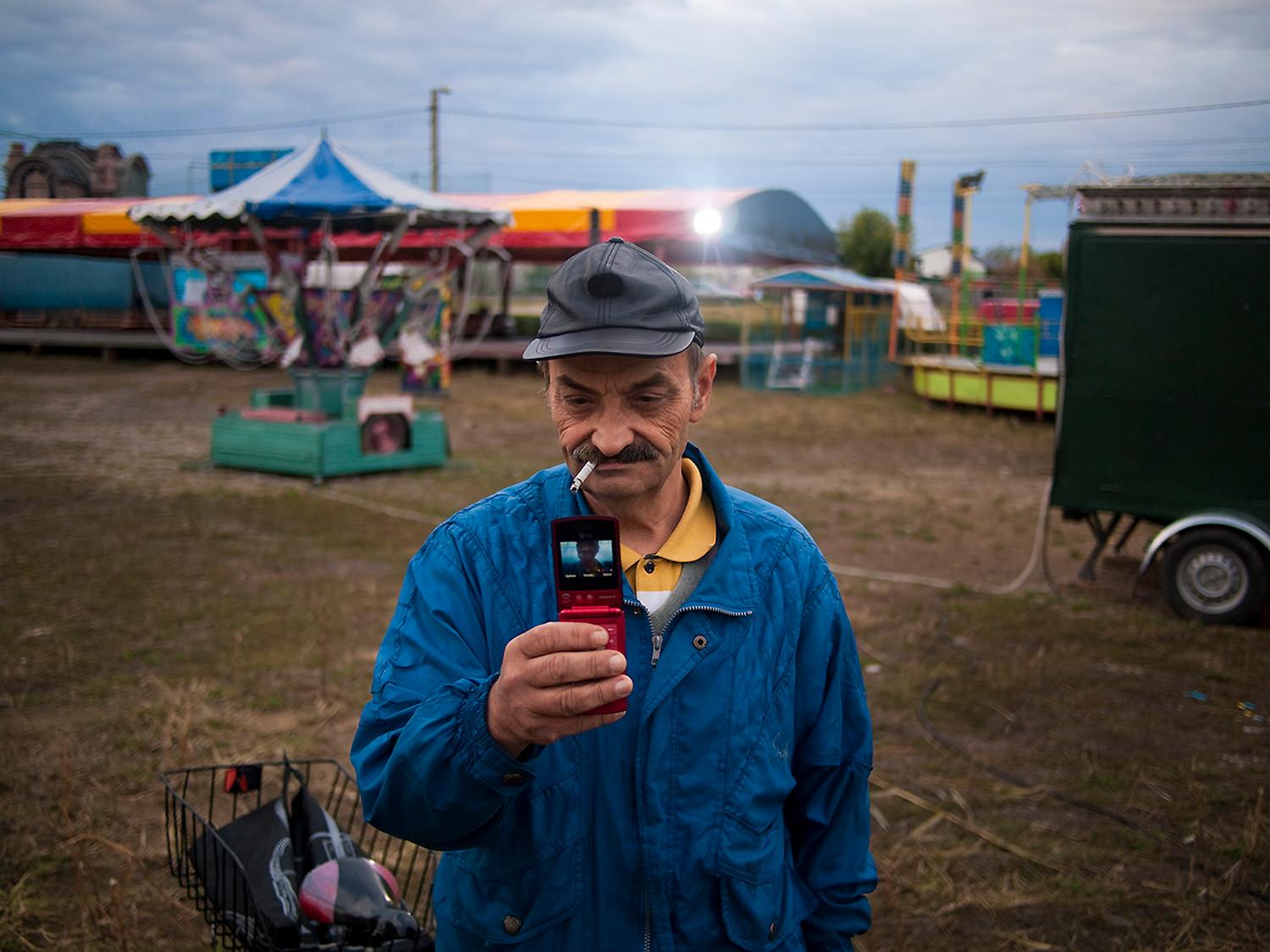
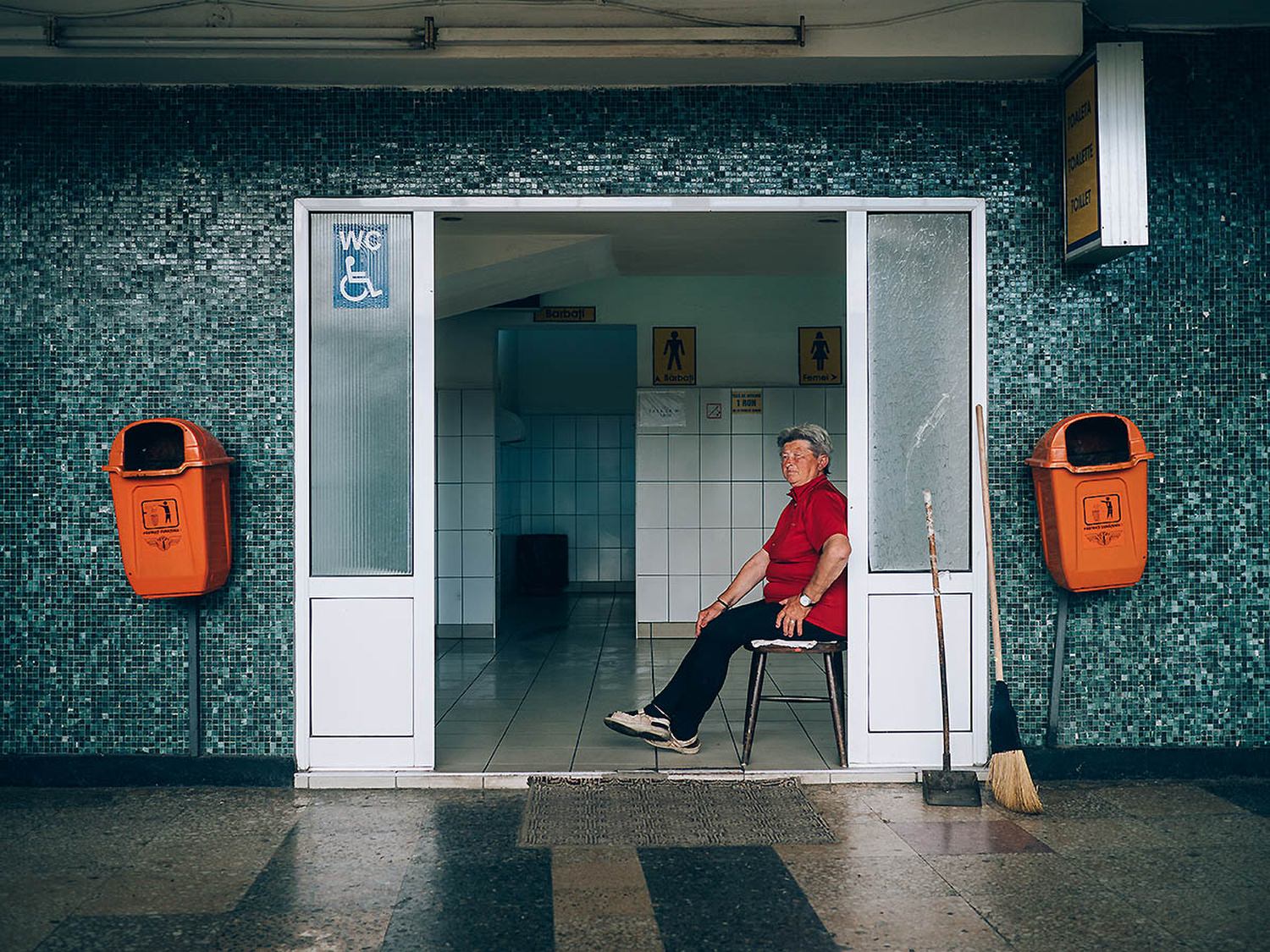
If you had to choose one lens that you would have to be using for the rest of your life, which one would that be and why?
Panasonic 20mm f 1.7, its slow, noisy but has the magic.
Do you ever do Street Photography with your smartphone?
Never. I cannot use the phone to take pictures, it seems very weird for me.
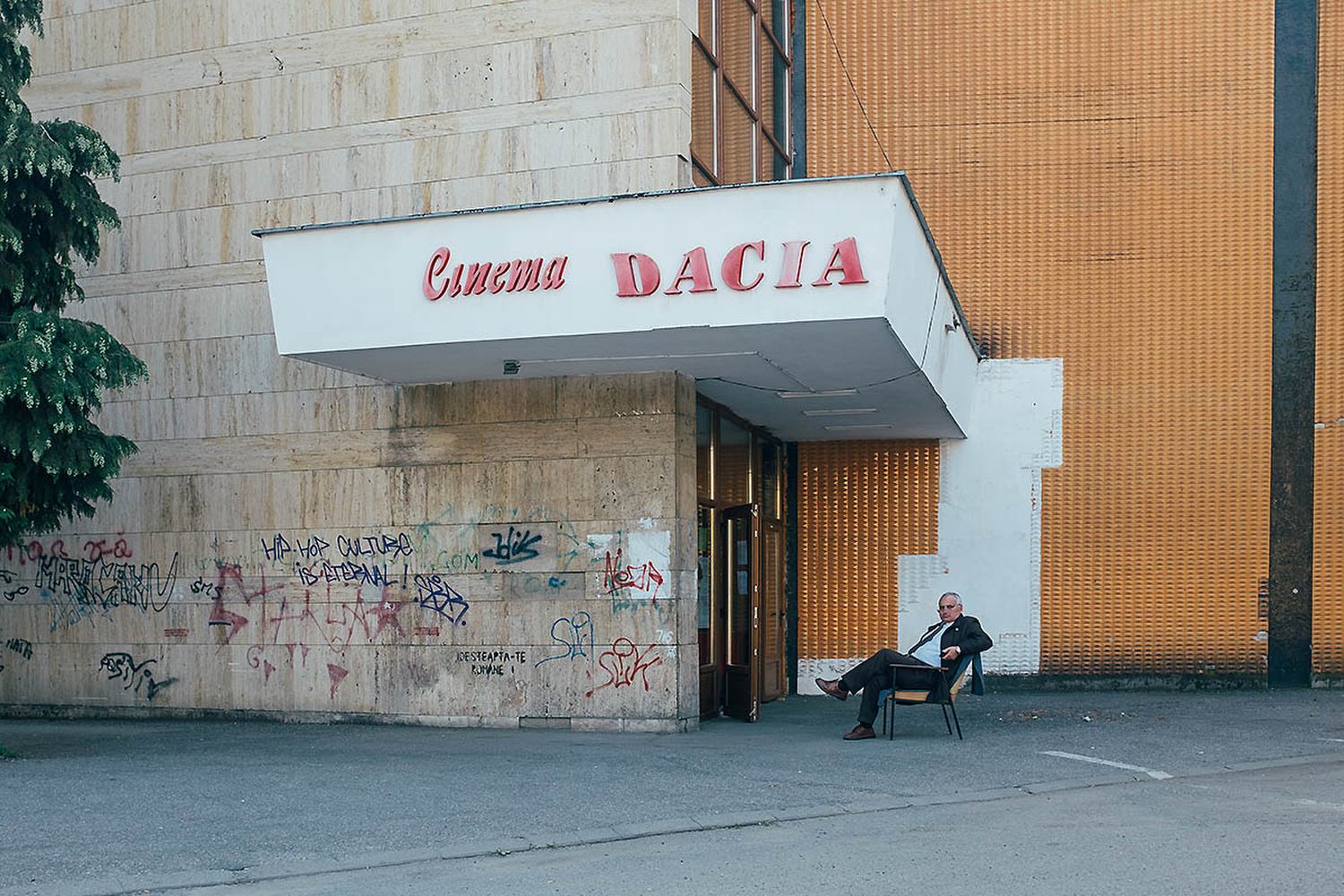
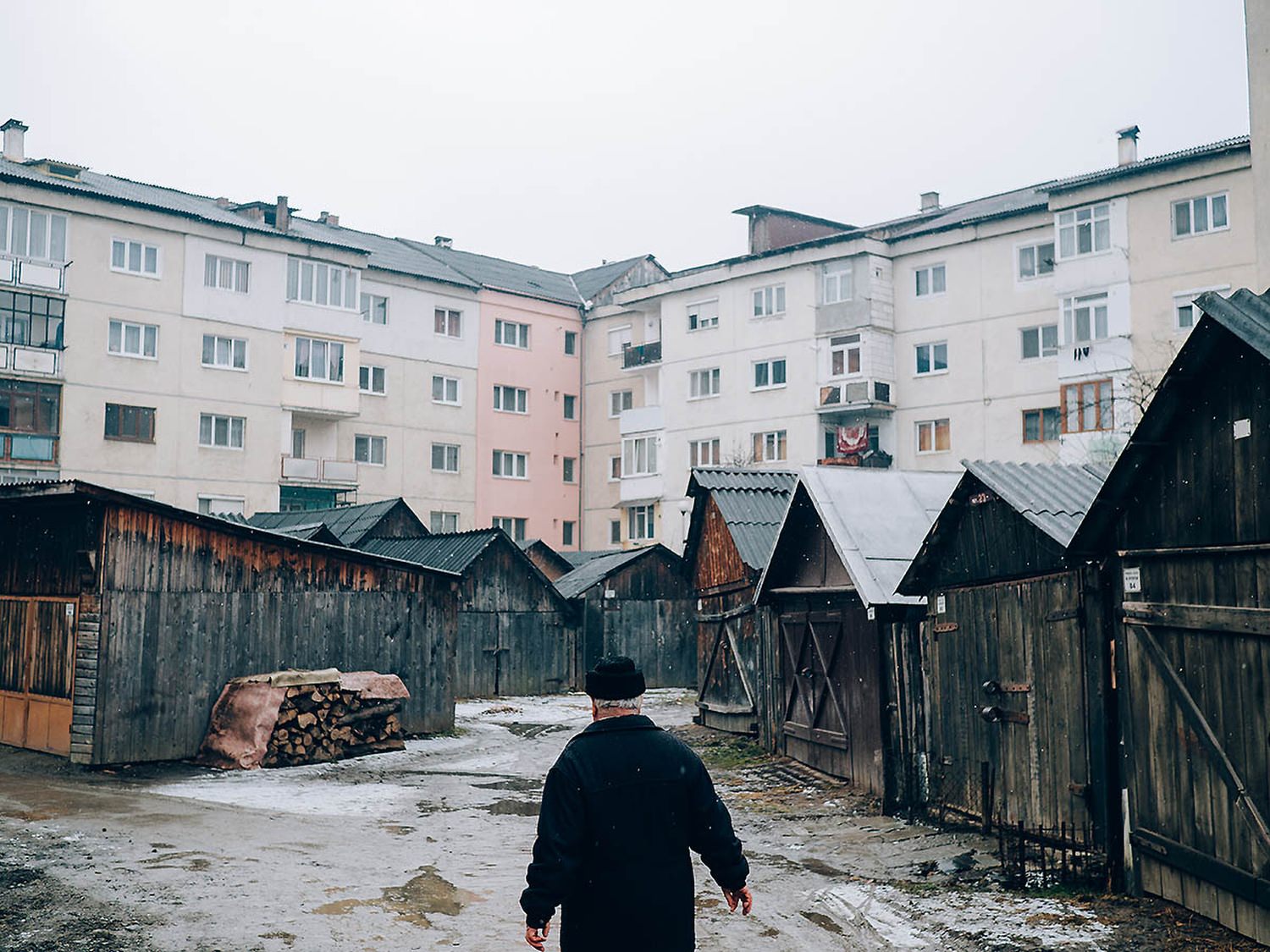
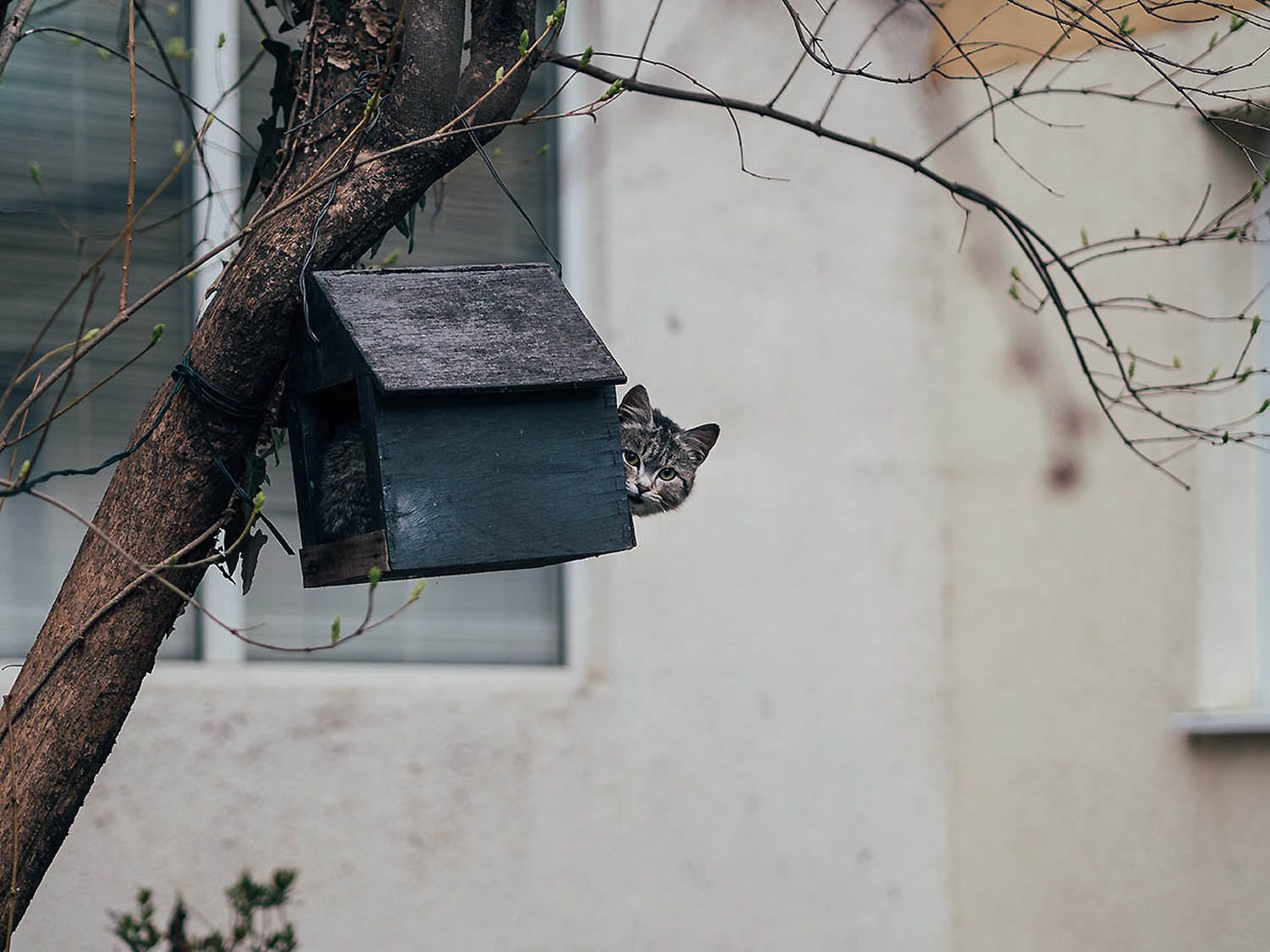
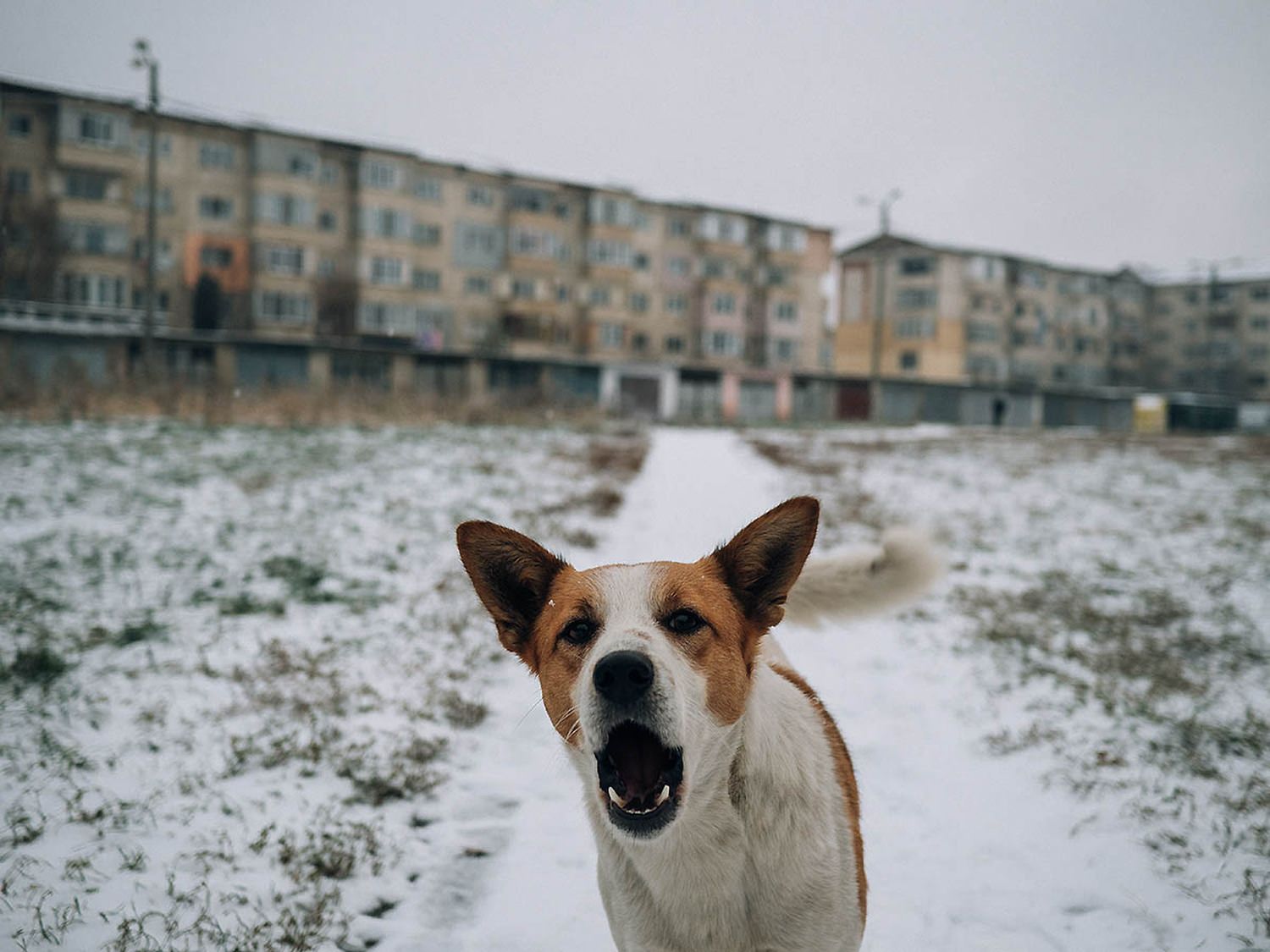
Analog and digital photography. Do you see these as alternatives to one another or the same thing?
I use digital but imitate the film, I don’t know if this is a good alternative but it’s more convenient and faster in my opinion. After all, is the picture that matters and not the platform.
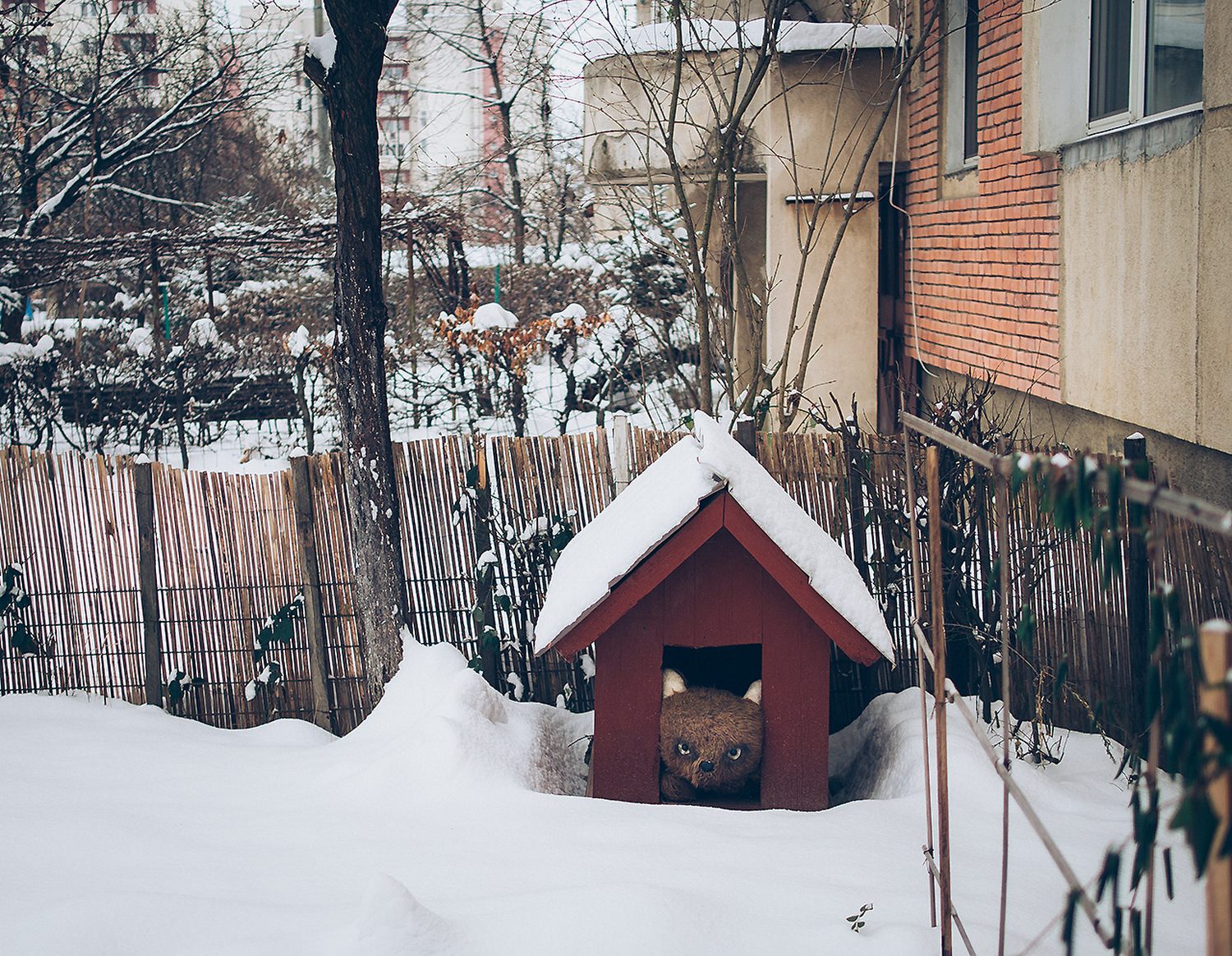
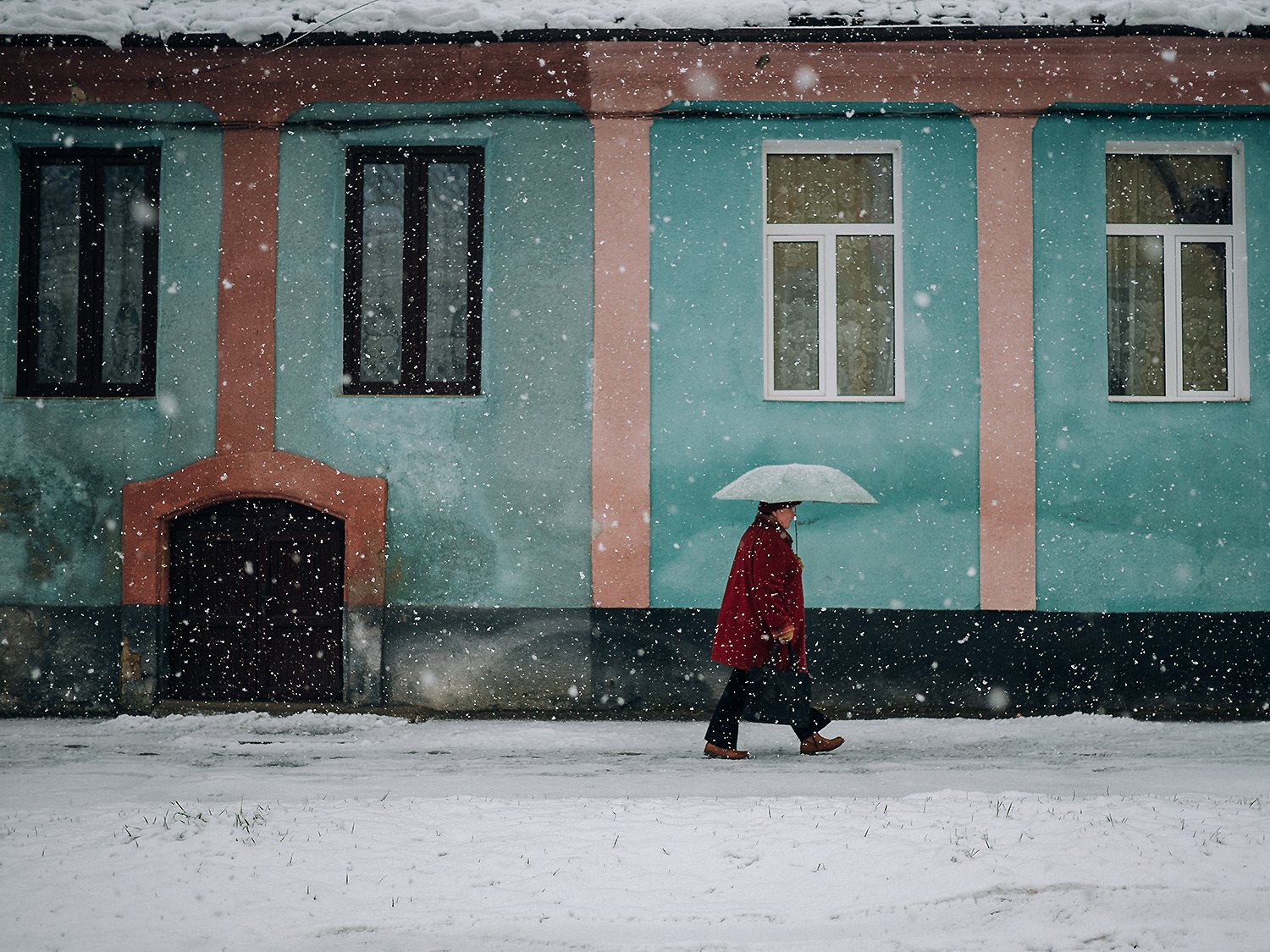
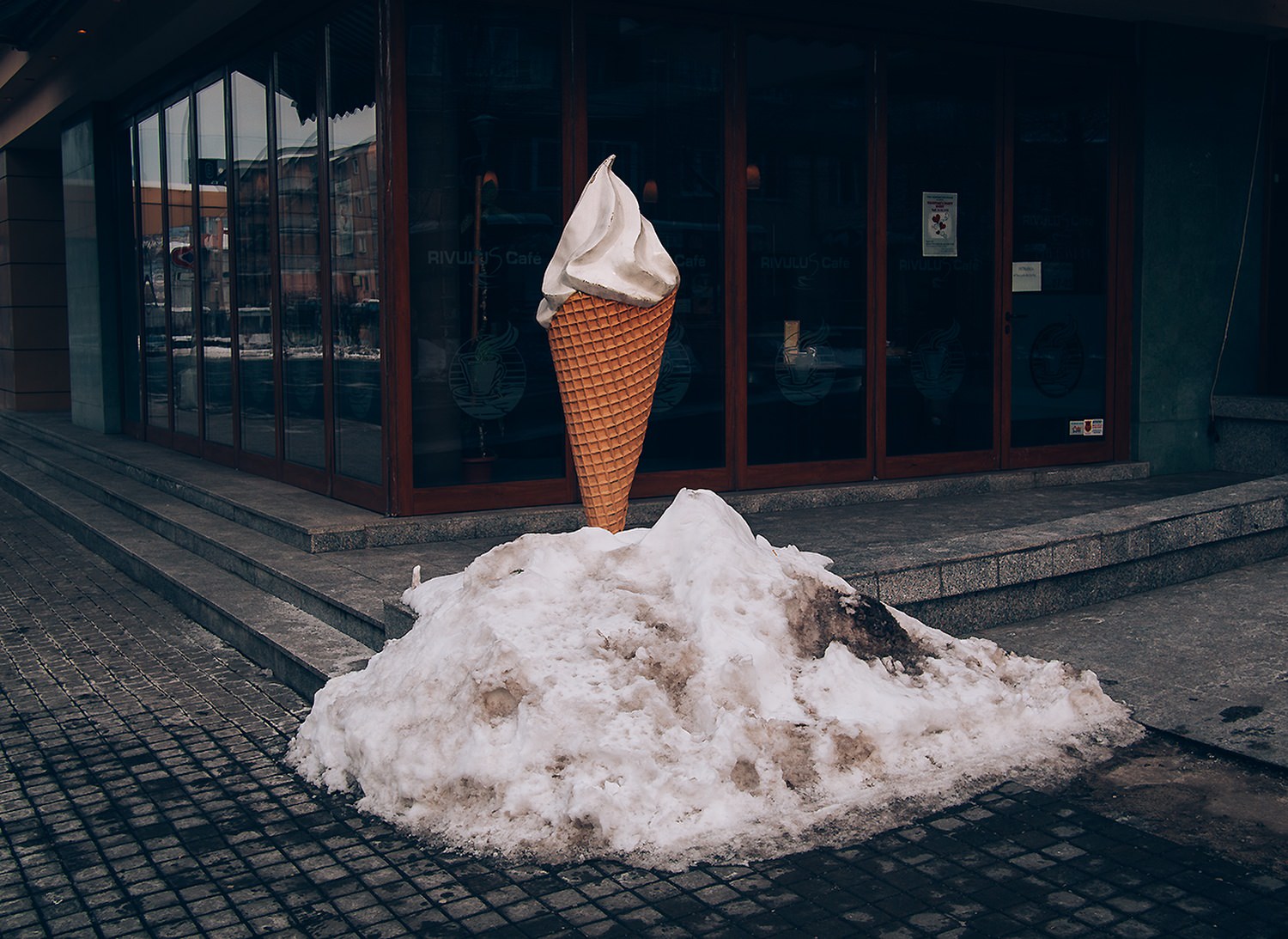
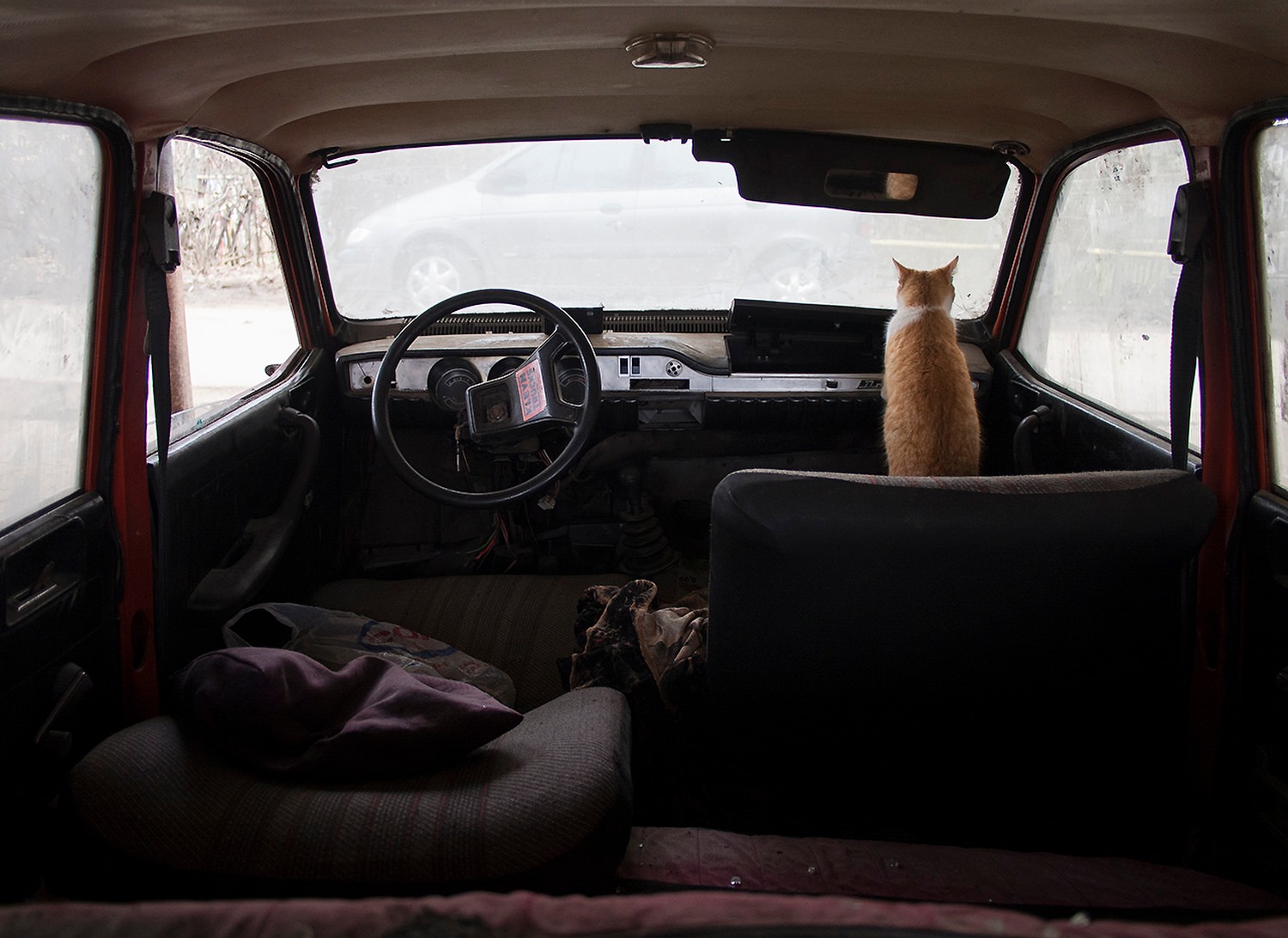
Black and white and color. Two different worlds. You decided to color. Why?
I think in color, it’s more natural. I never transform a color picture into a bw one. Usually, I know from the start that a picture needs to be bw or color.
Do you ever shoot in Black and white?
Yes, of course. If the subject asks for then I shoot bw.
Is there a country or a city that you like to photograph more than others?
I am attracted to Eastern Europe, the former communist countries.
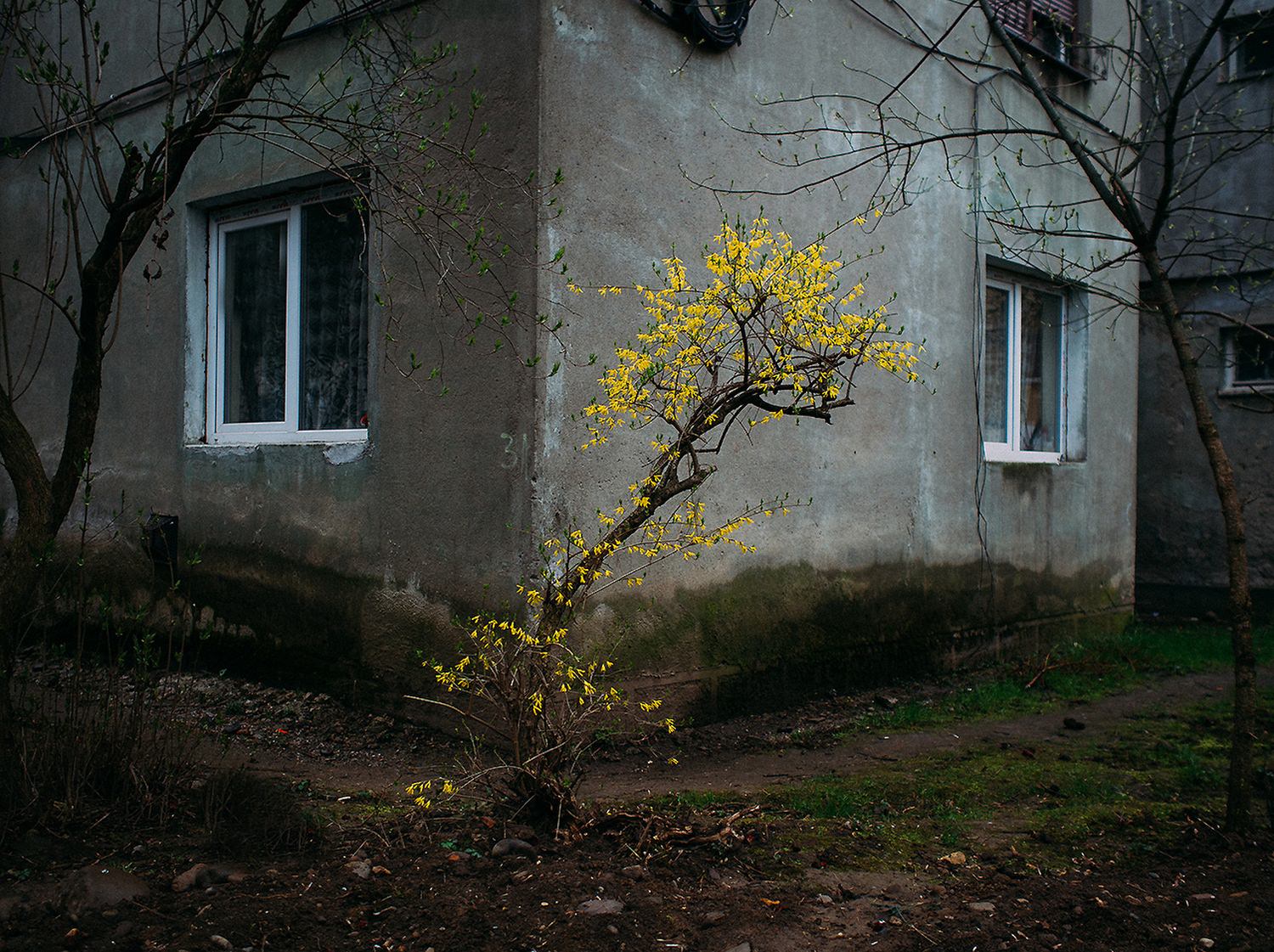
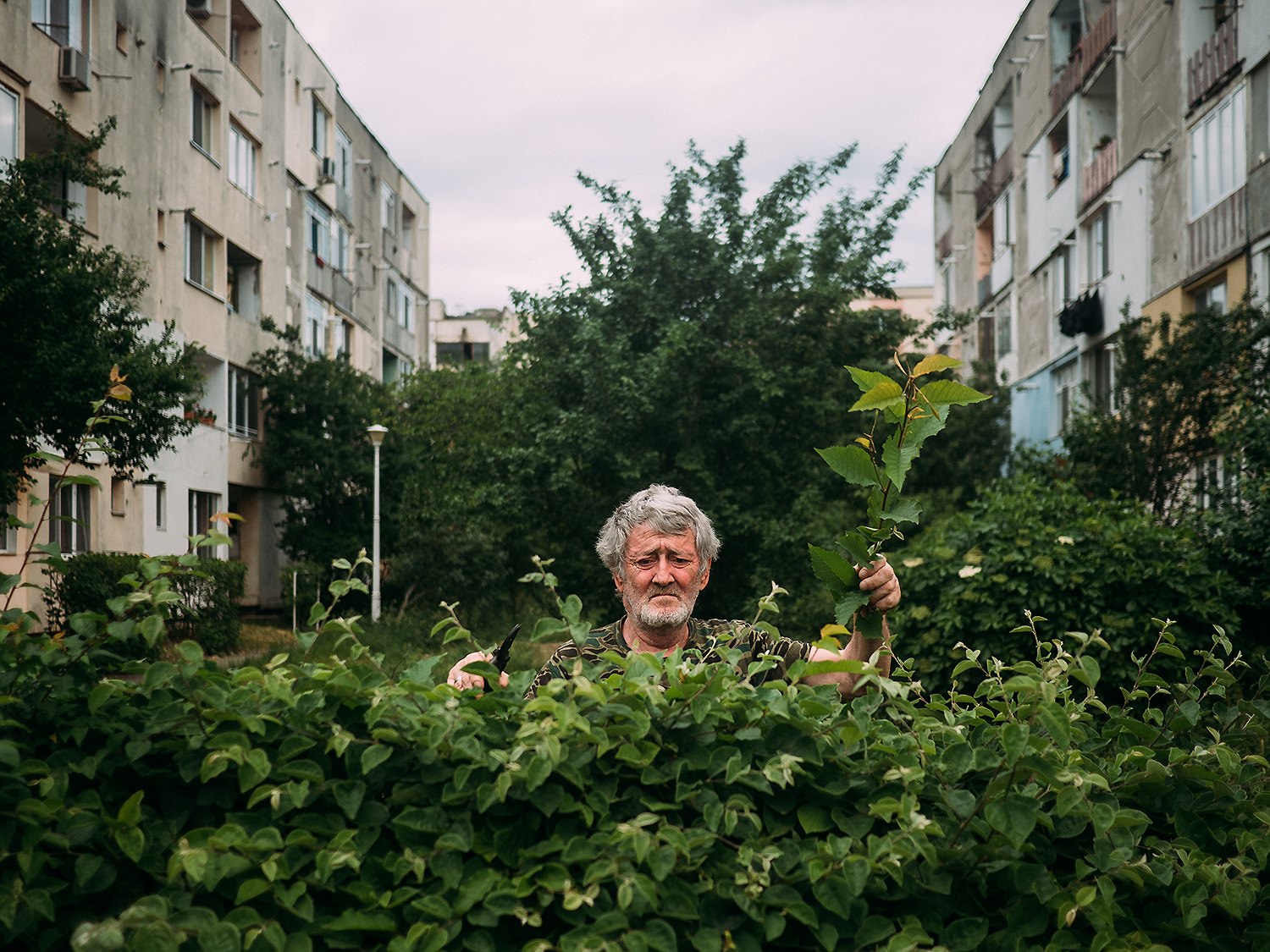
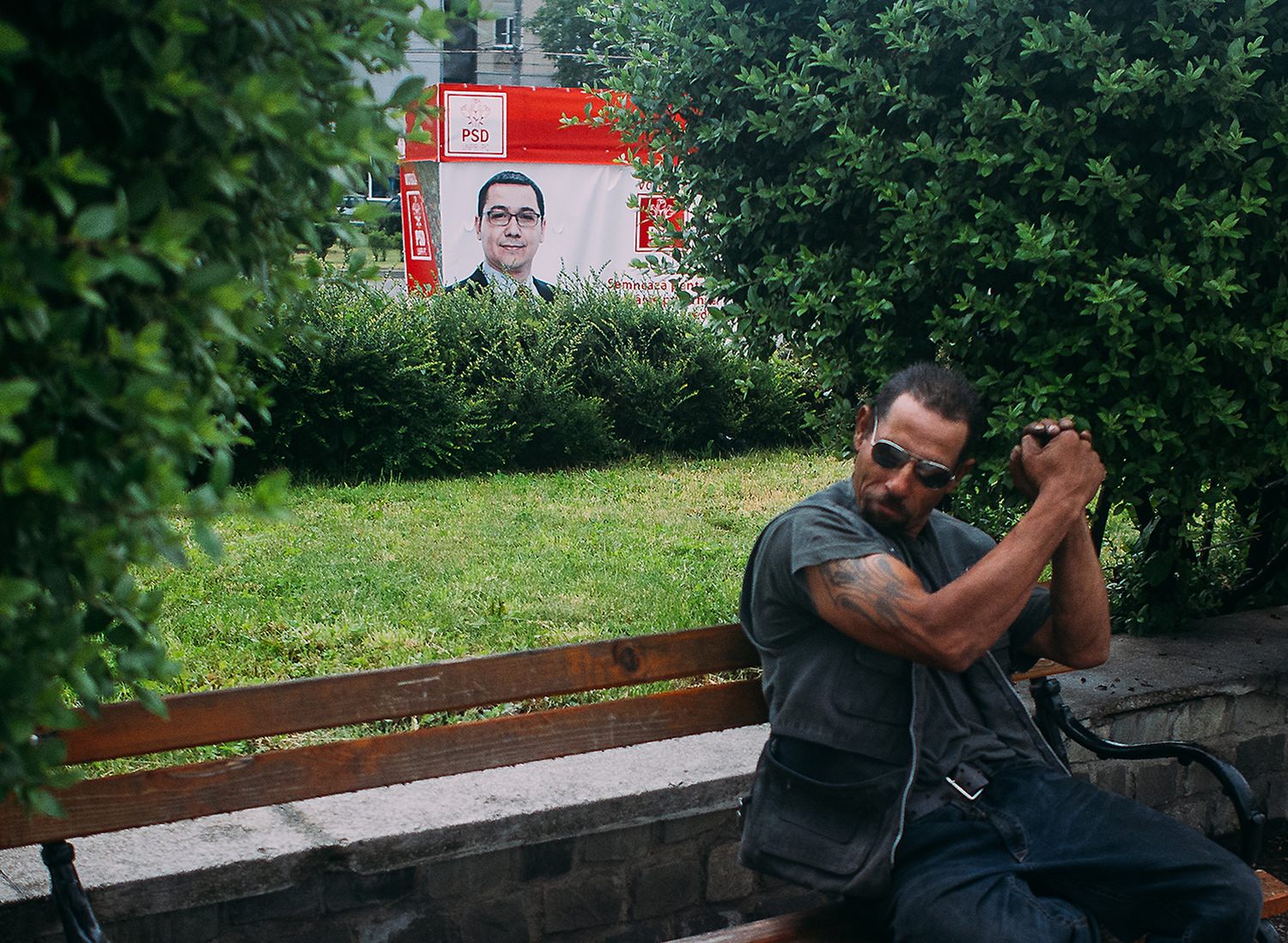
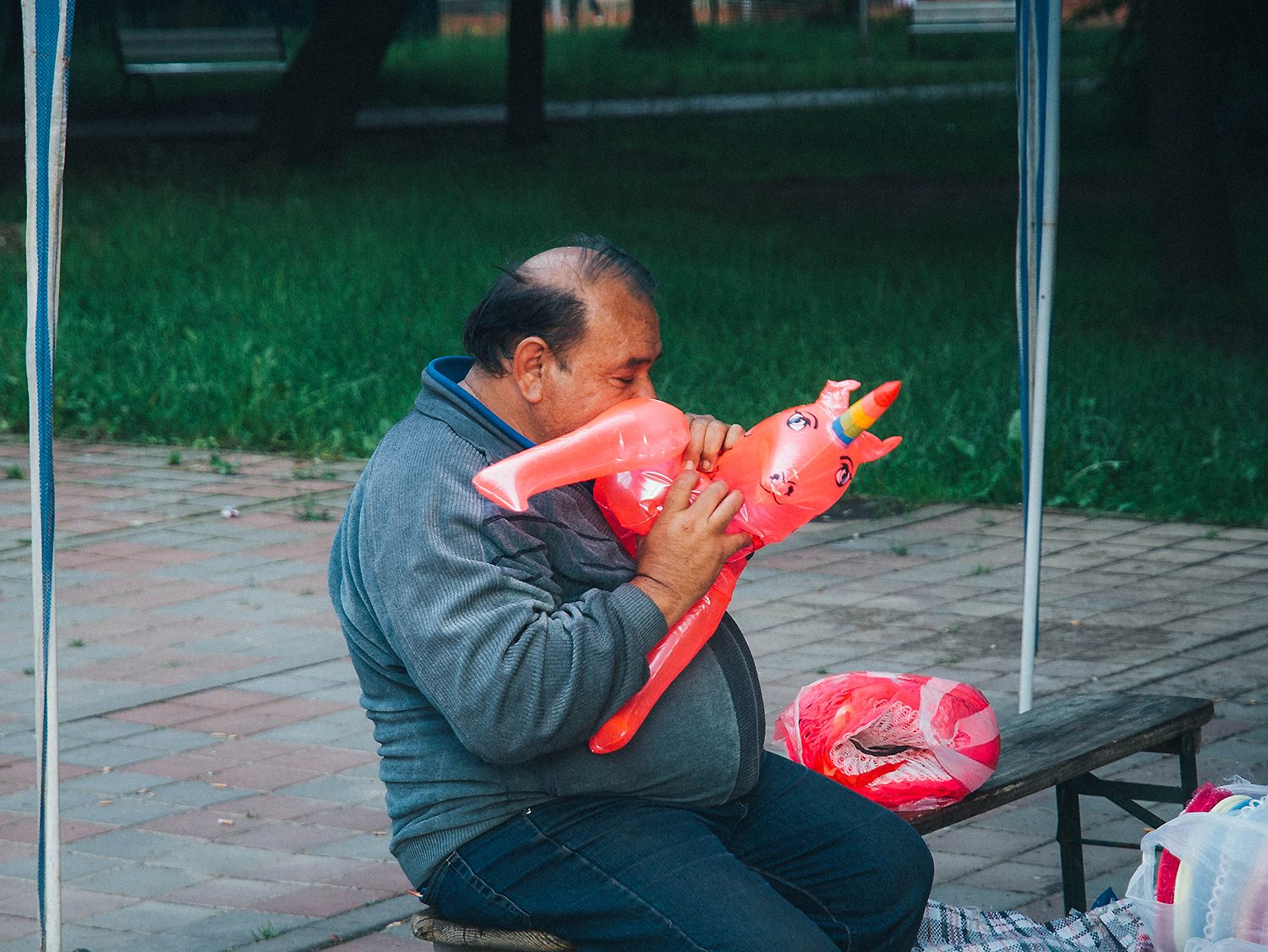
In the last couple of years street photography has grown a lot. What do you think is the reason for that?
Yes, indeed. The reason I think it increased is that everyone is on the streets and has the device to shoot photos. I don’t contest that the quantity has increase but for sure not the quality.
Shooting street photography it’s not always a simple thing, in the various situations that may arise sometimes people overreact to street photographers or sometimes some street photographers are invasive: what is your approach in street photography?
I prefer not to be noticed and to “steal the moment”. I have the impression that in this way the pictures will come to be more natural and expressive.
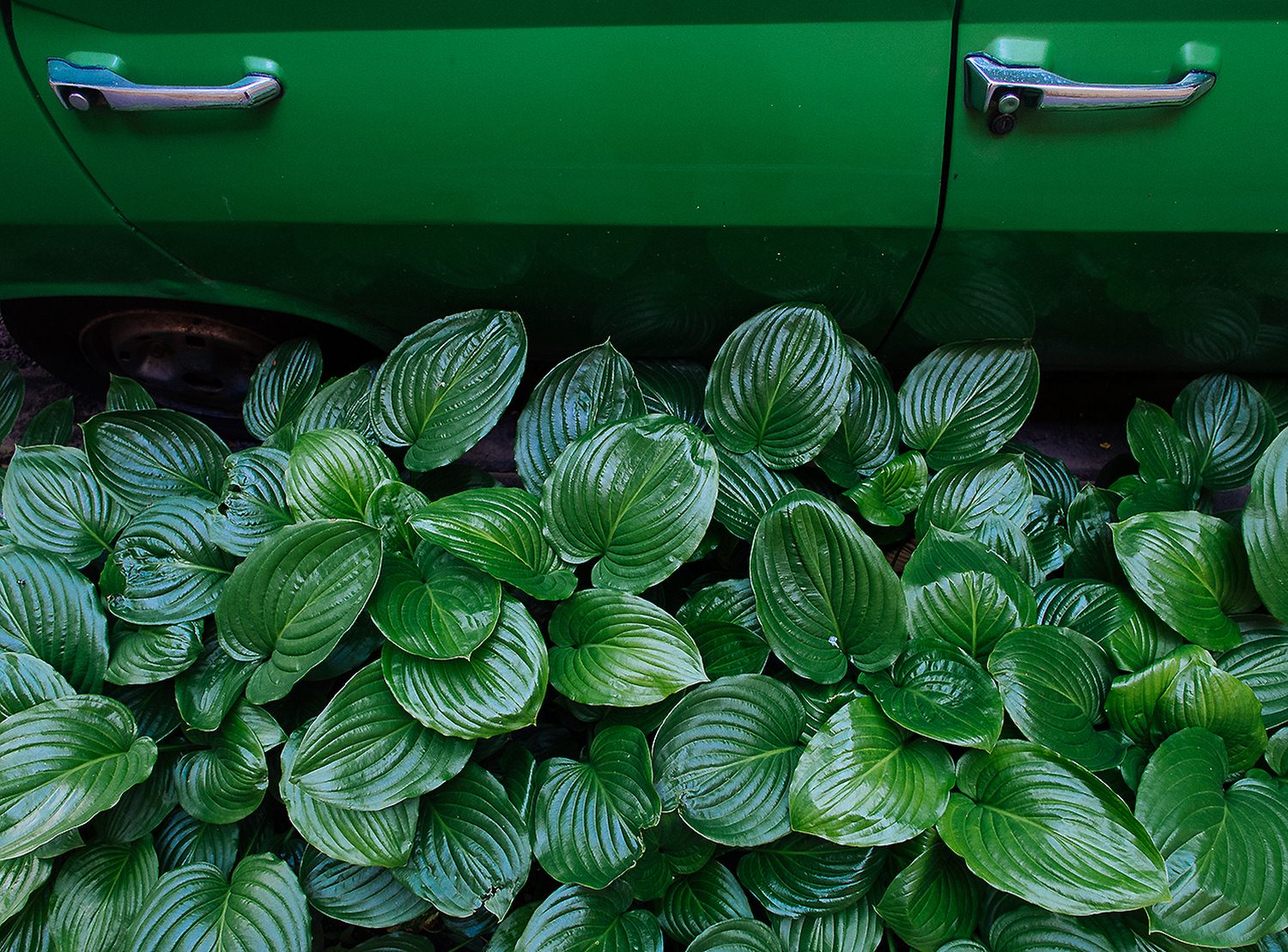
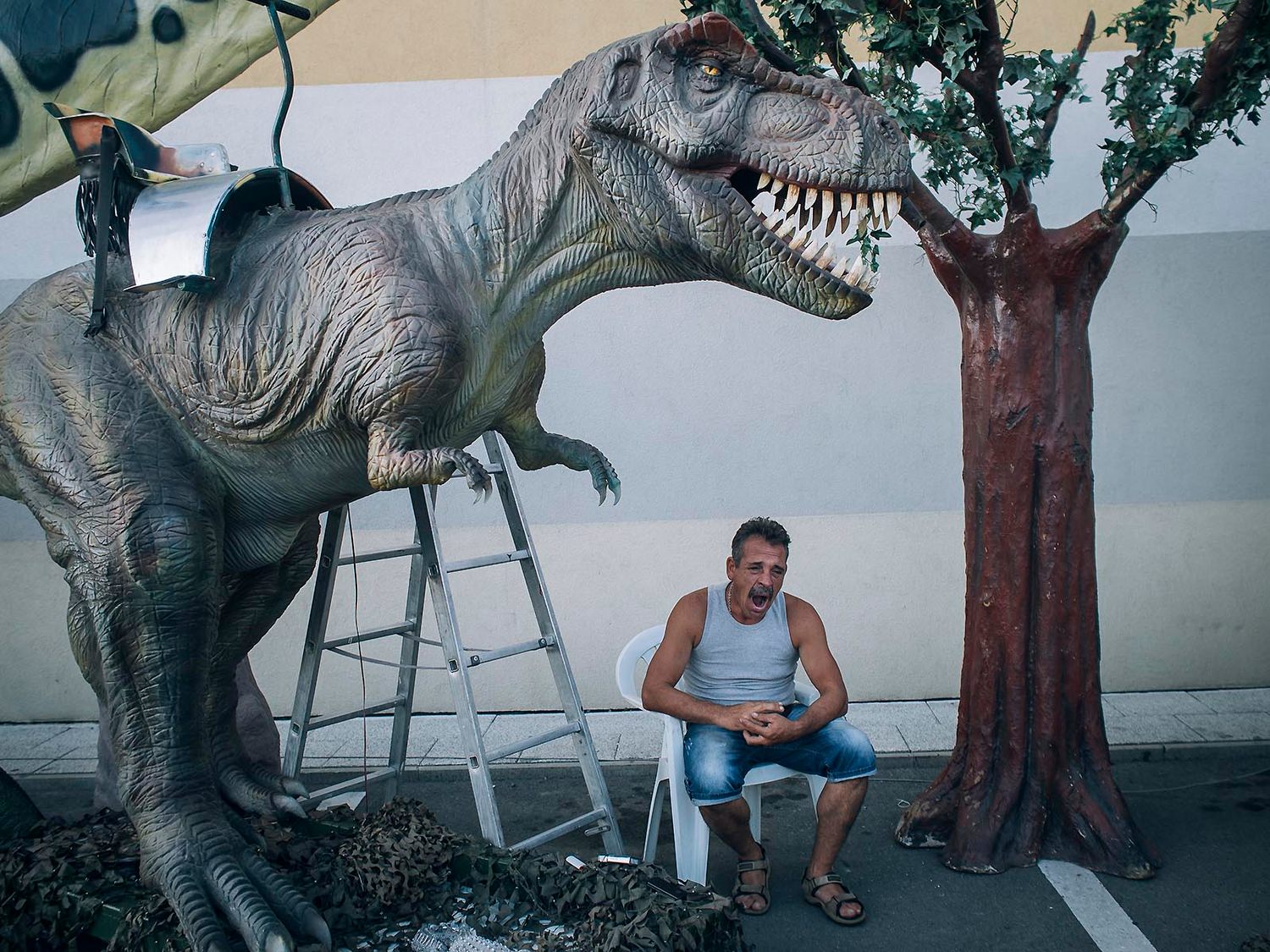
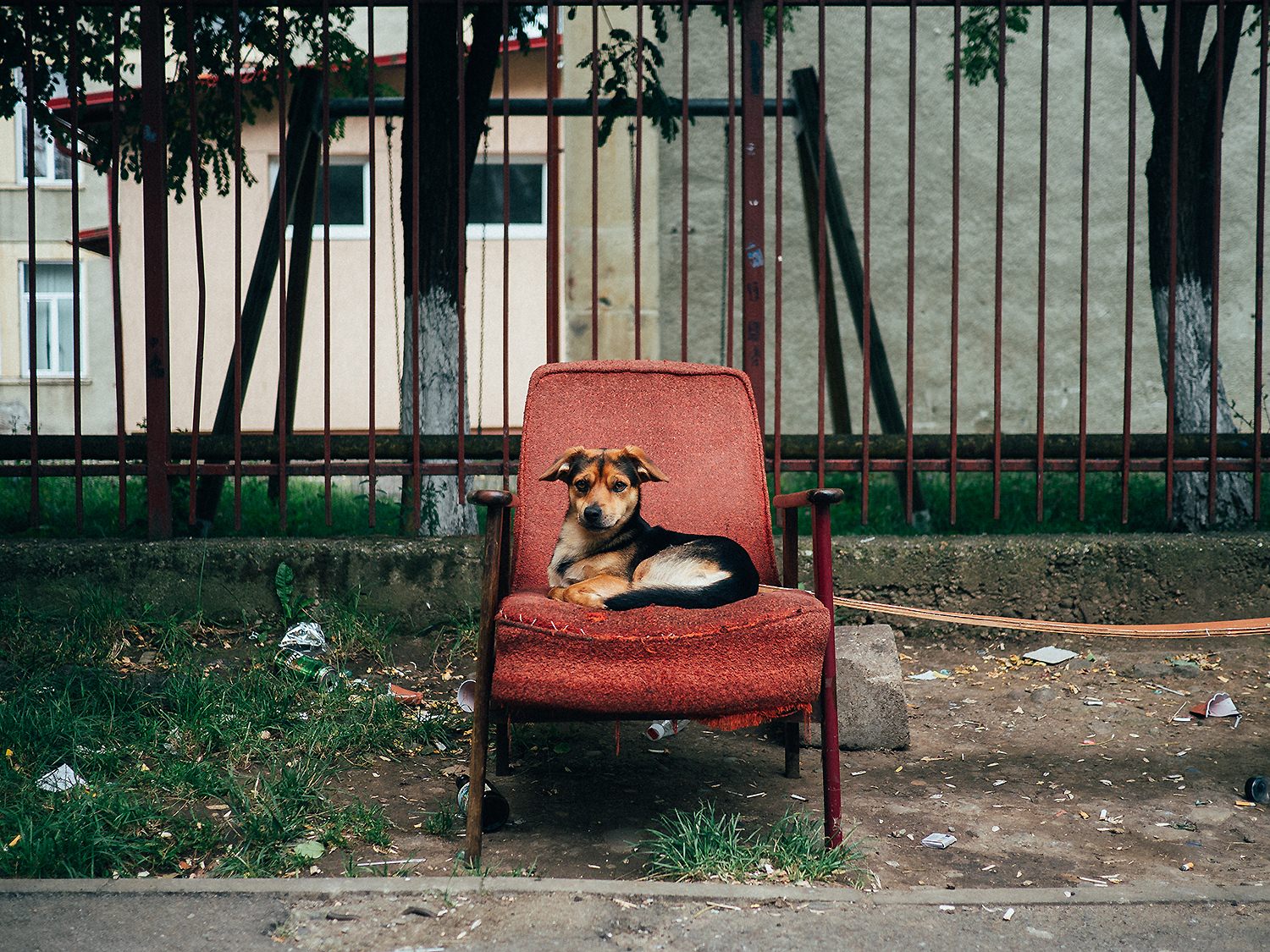
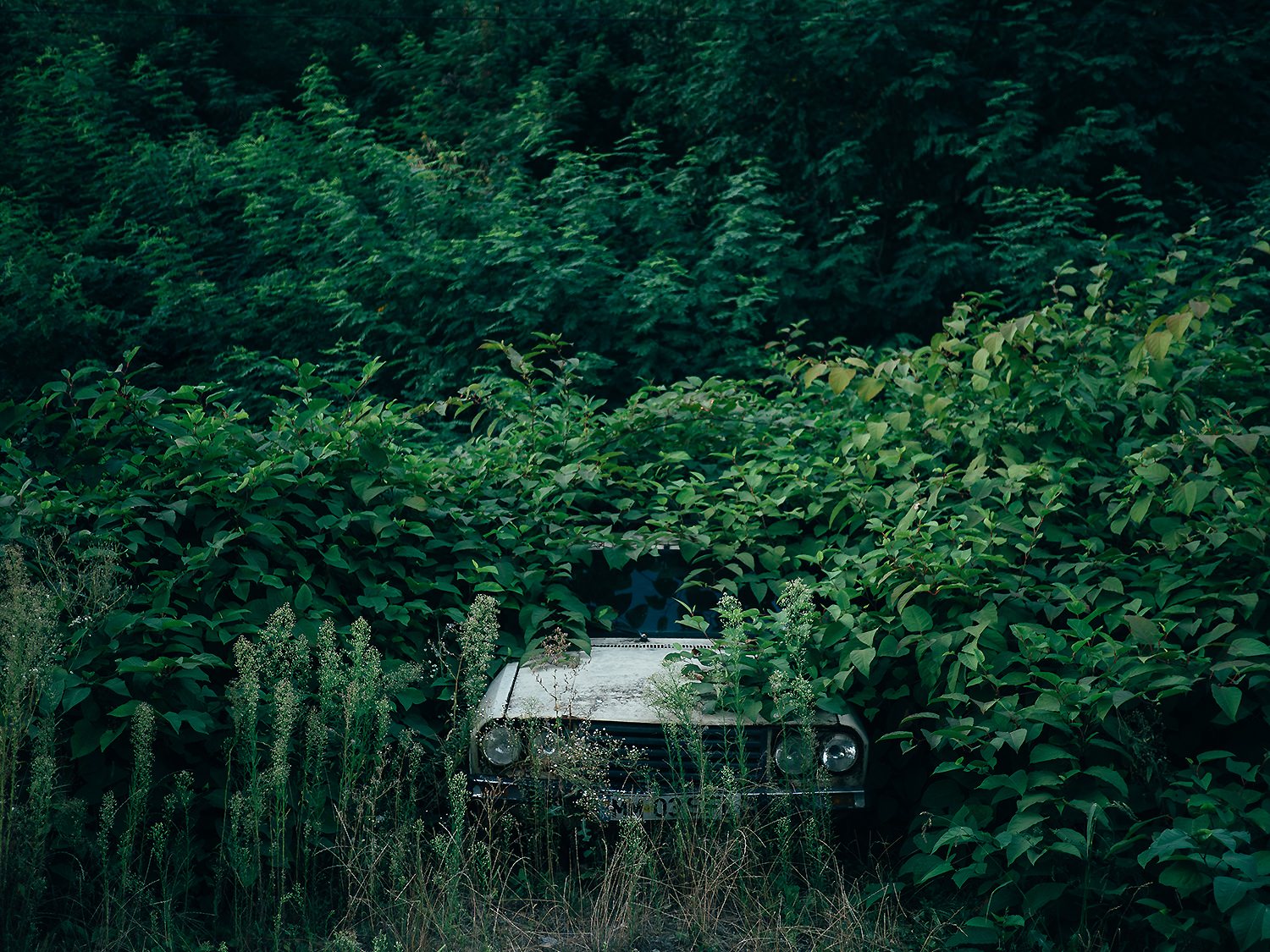
“I’ve always been an observer of what happens on the street, starting from street fashion to graffiti culture. I have the impression that it was a natural way to go to street photography.”
When you take photos, do you ever have a theme/project in mind?
No, I let myself carried away by the environment. If I think or target a specific project or theme, I may not see other topics that are just in front of me.
Do you think there are ethical limits in street photography? Do you think it’s possible to shoot everything and everybody?
There is for sure an ethical limit in photography, not only in street photography but in general. We can shoot everything we want but is questionable if we can publish everything we shoot. I think we all have some specific pictures that will not reach the public space because it would bother.
Are there any photographers or artists who inspired you or influenced your way of creating street photography?
Generally photographers from Eastern Europe.
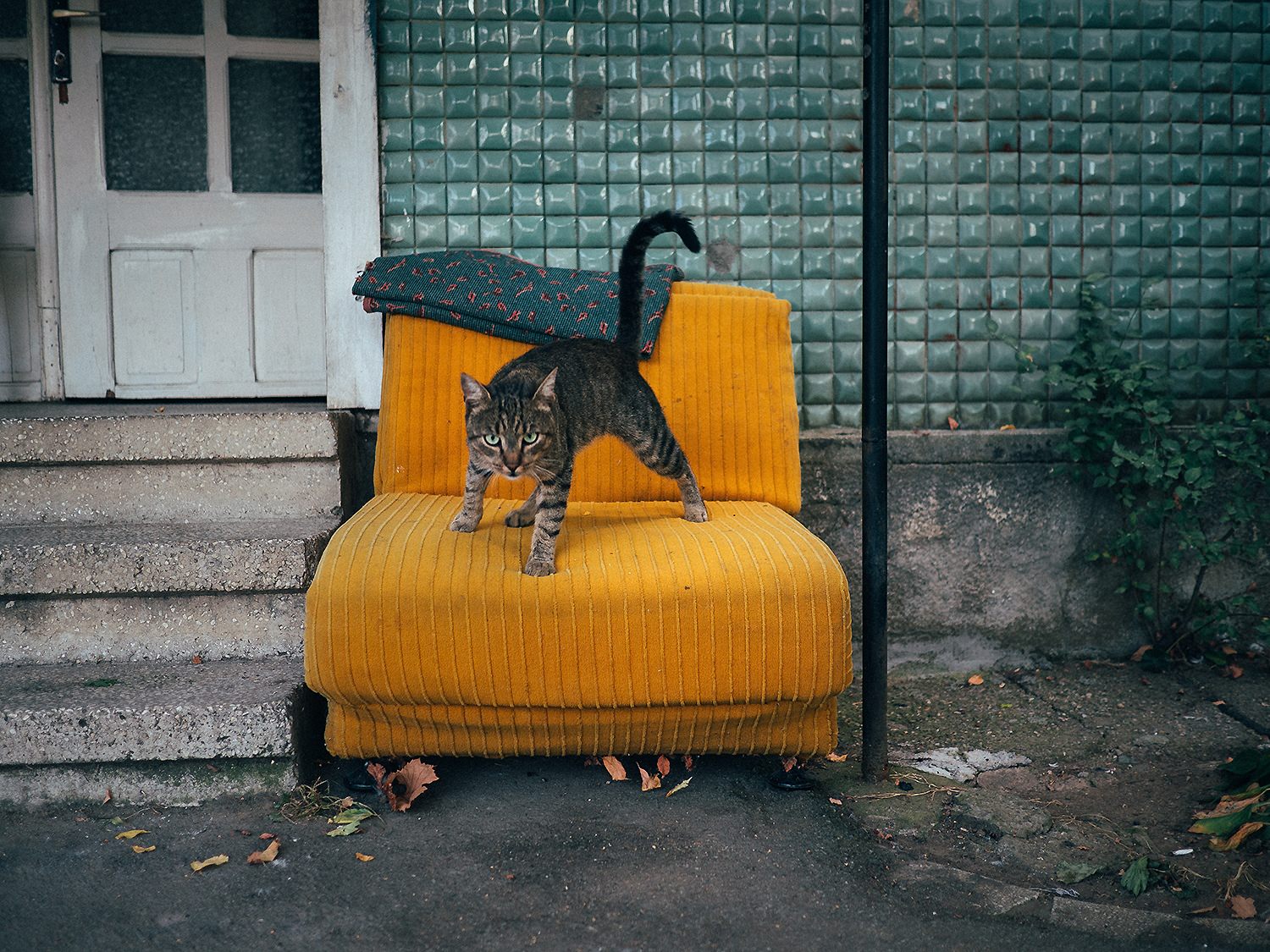
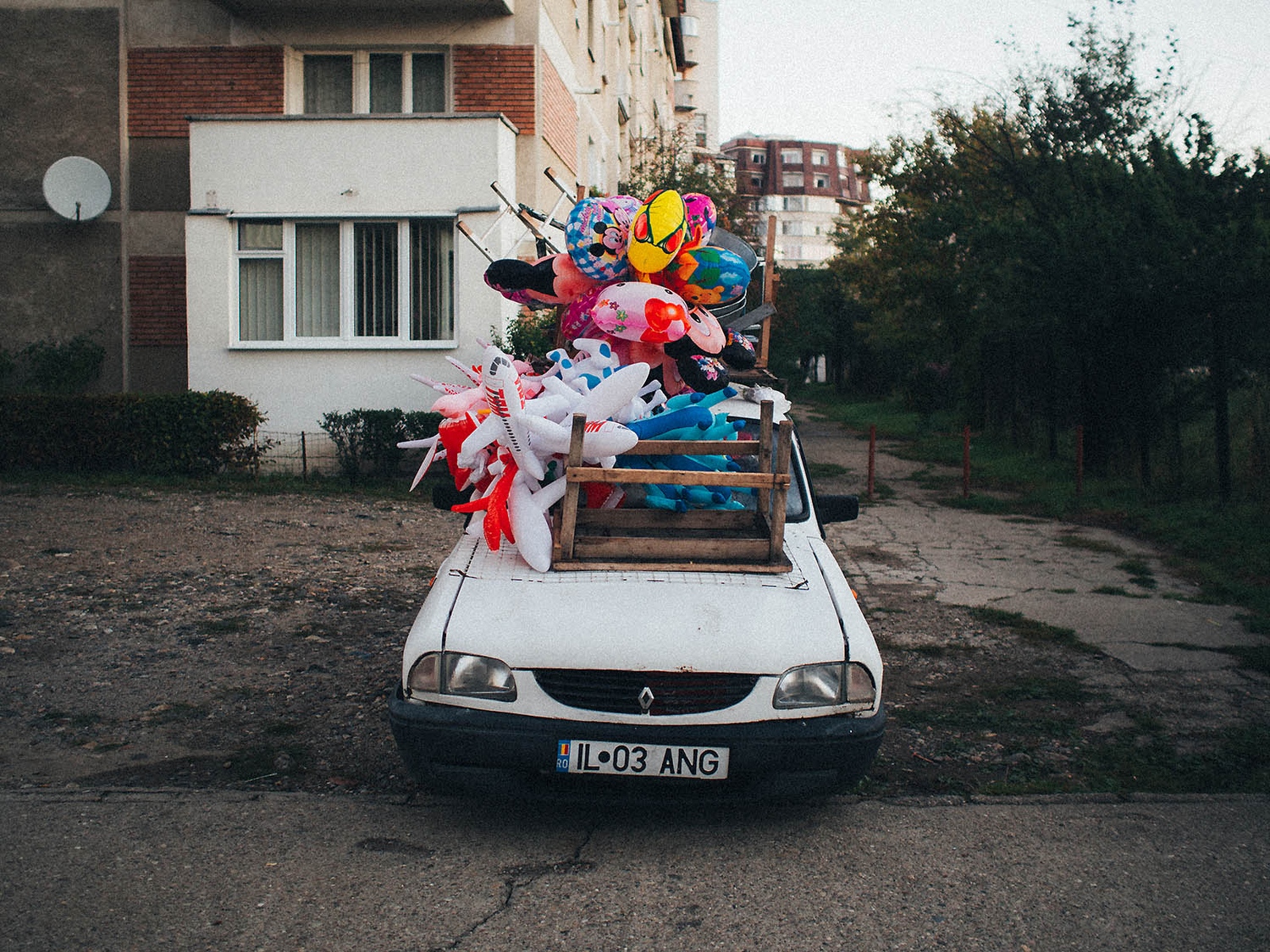
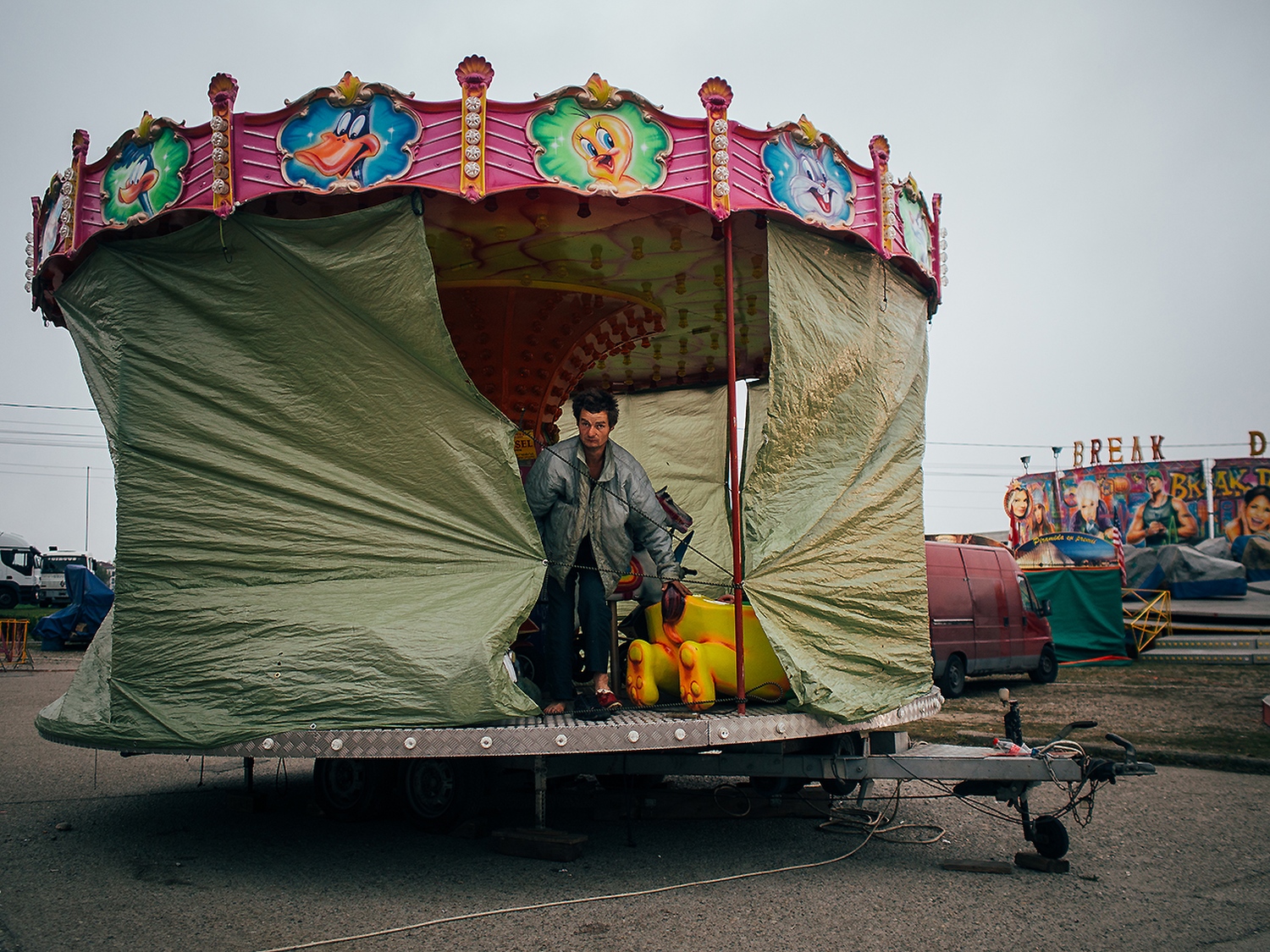
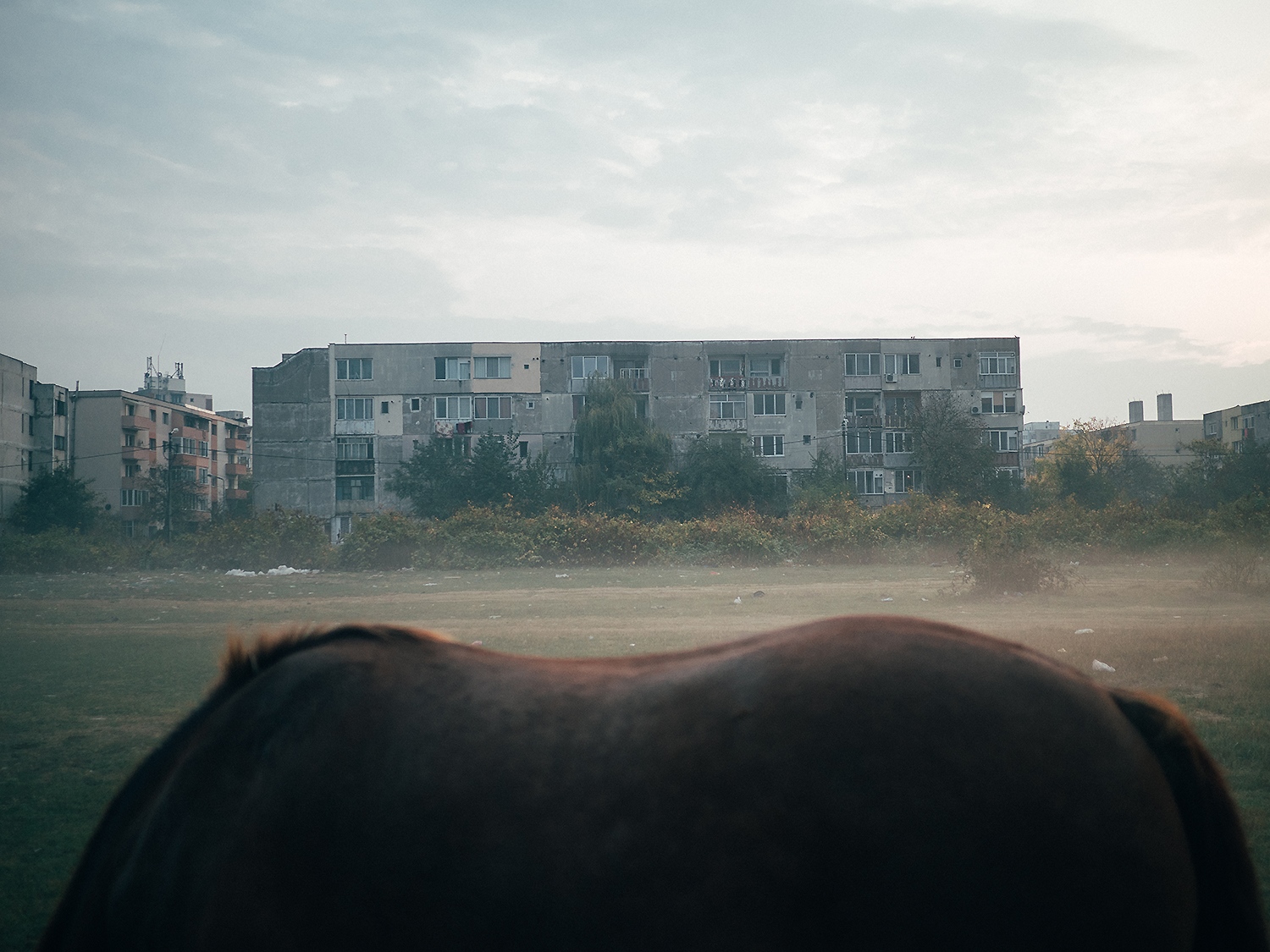
What does art mean for you? And which, do you think, are the opportunities that art can provide to the street photographers who choose to express their identity through that discipline?
Art means creativity. To improve your creativity it is necessary to have a vast visual art culture, and here is where art can help you evolve by watching movies, paintings or photography albums.
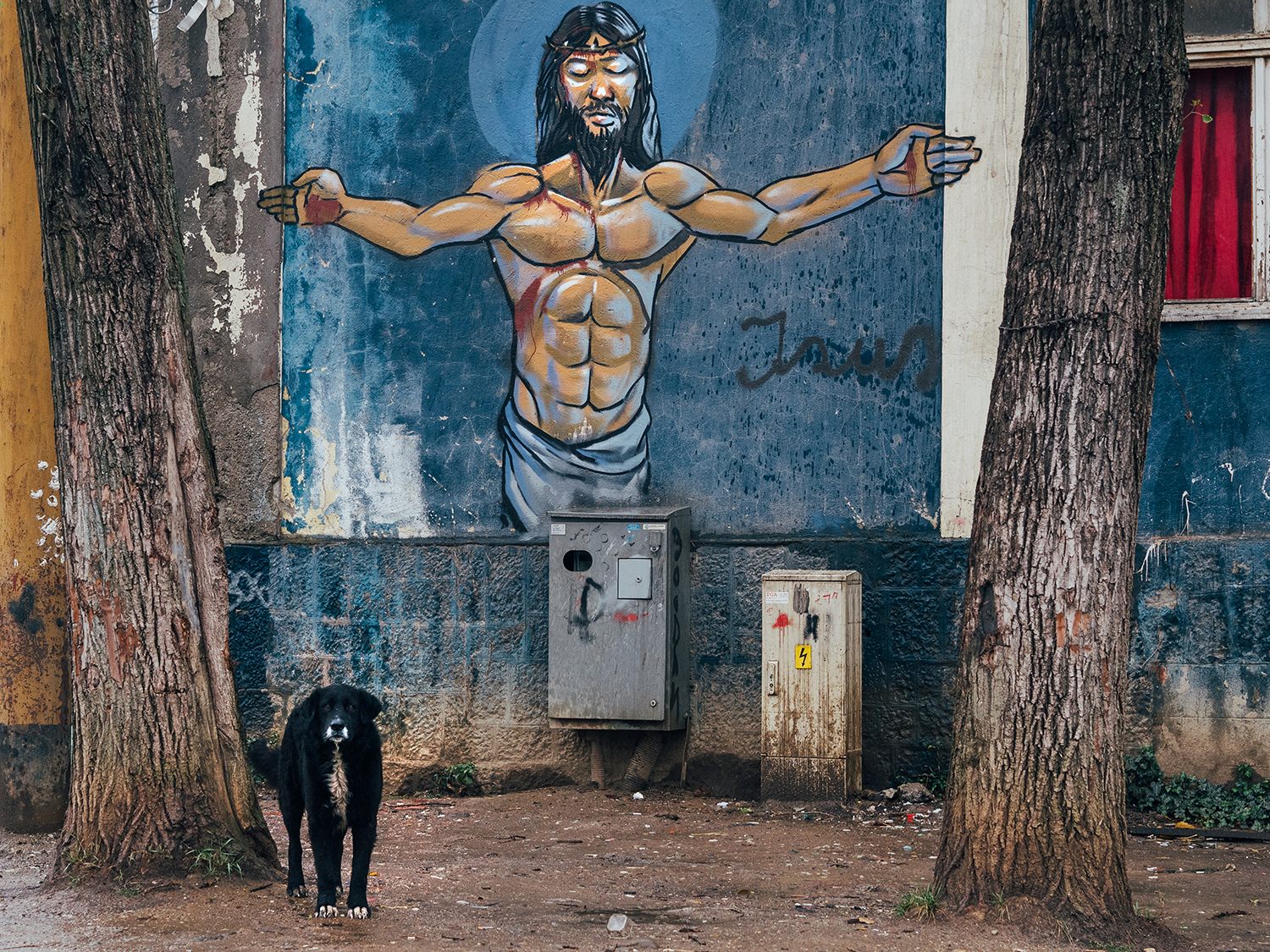
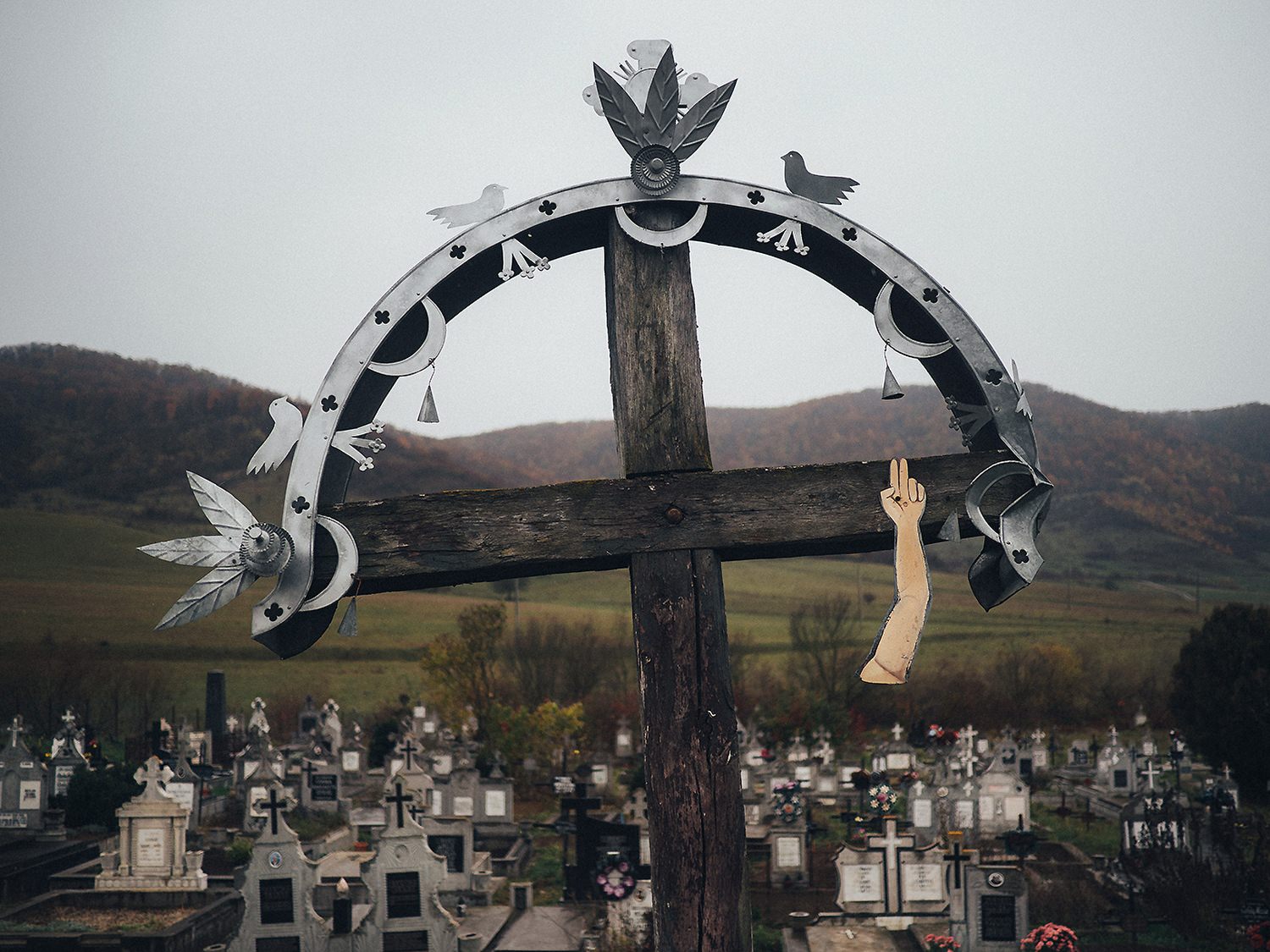
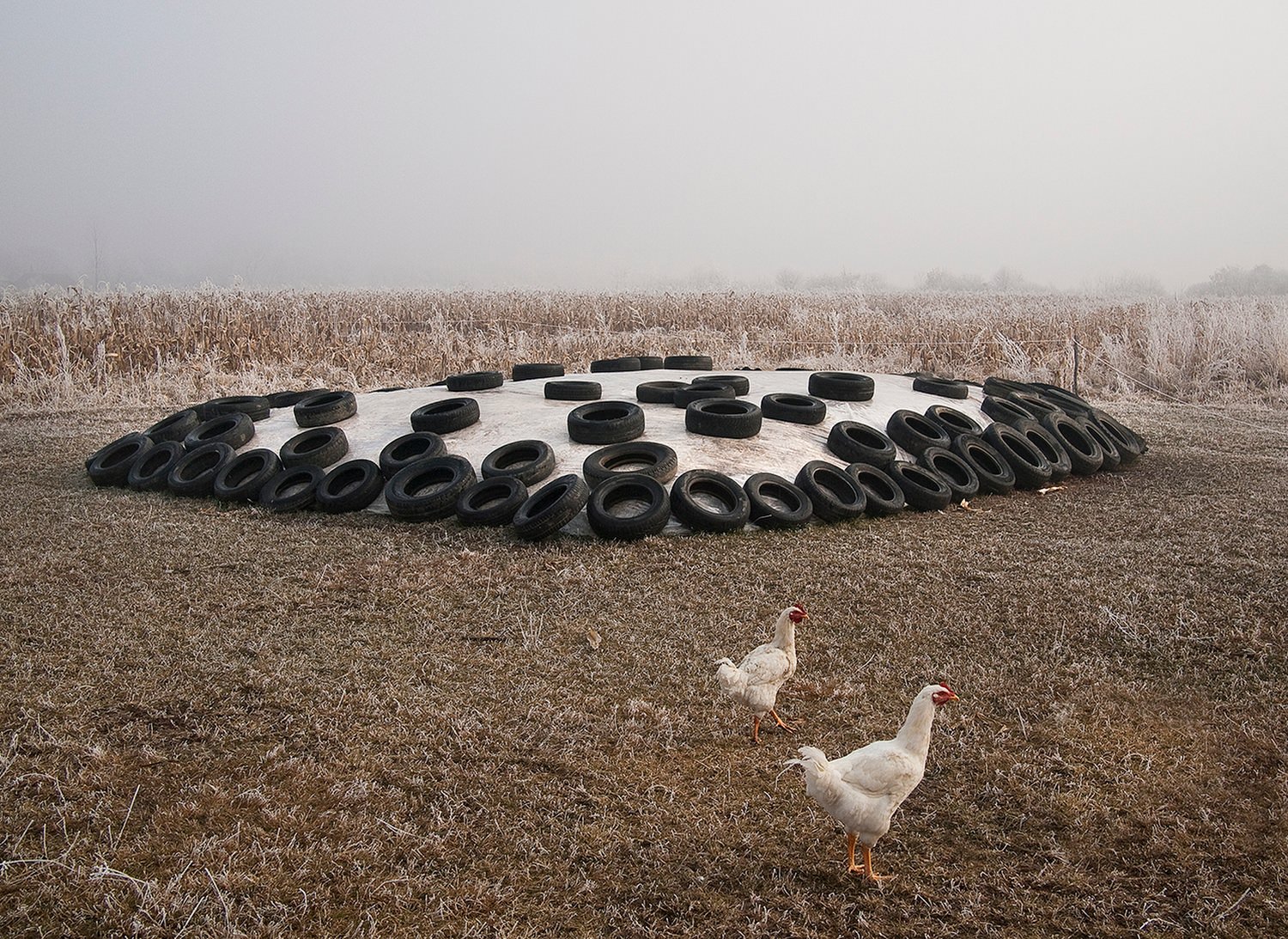
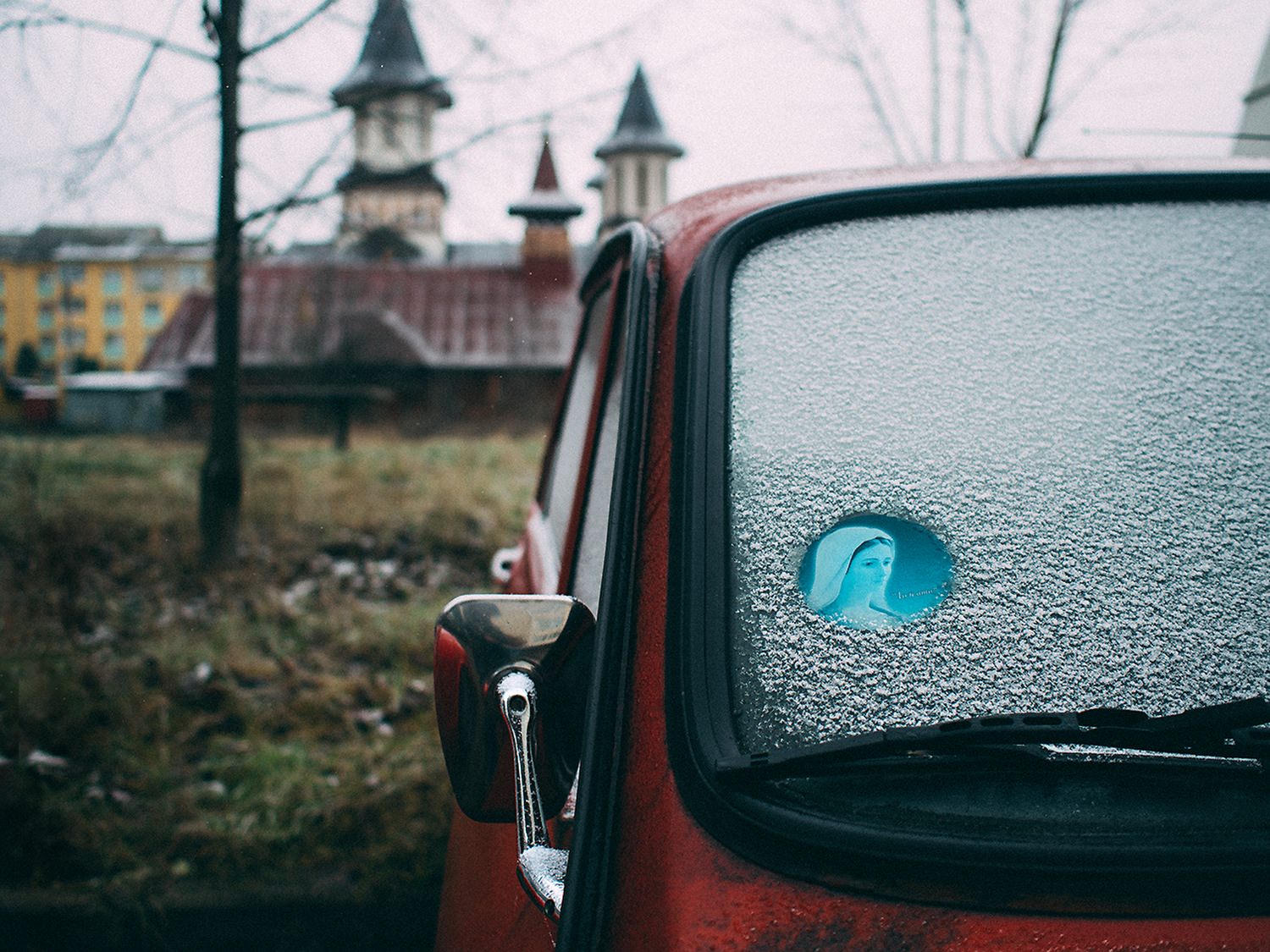
Are you currently working on any project?
At the moment I’m making selections for my first photo book. Hope to accomplish this as I am thinking to have my first book published for some time.
Which are your favorite photography books?
Dezso Tamas – Notes for an Epilogue.
What advice would you give to someone who is starting to do street photography?
Keep practice and enjoy.
Thank you!
HAJDU TAMÁS BIOGRAPHY
HAJDU Tamás was born in Simleu Silvaniei, Romania in 1976. He is a veterinarian and photographer based in Baia Mare, Romania.
He was shortlisted at Sony World Photography Awards 2013 and a finalist at Lens Culture Exposure Awards. Tamás’ photographs were exhibited at multiple exhibitions including Photoville presented by Feature Shoot or the Spotlight Romania Show at GEMAK in The Hague; Eastern Mirror presented at FotoIstanbul Festival 2016; PhotoIS:RAEL 2018.
His work has also been featured in a number of photography magazines and publications including Punctum, Practical Photography, Vice, Lenscratch, Feature Shoot, The Independent, La Repubblica, National Geographic and The Guardian.
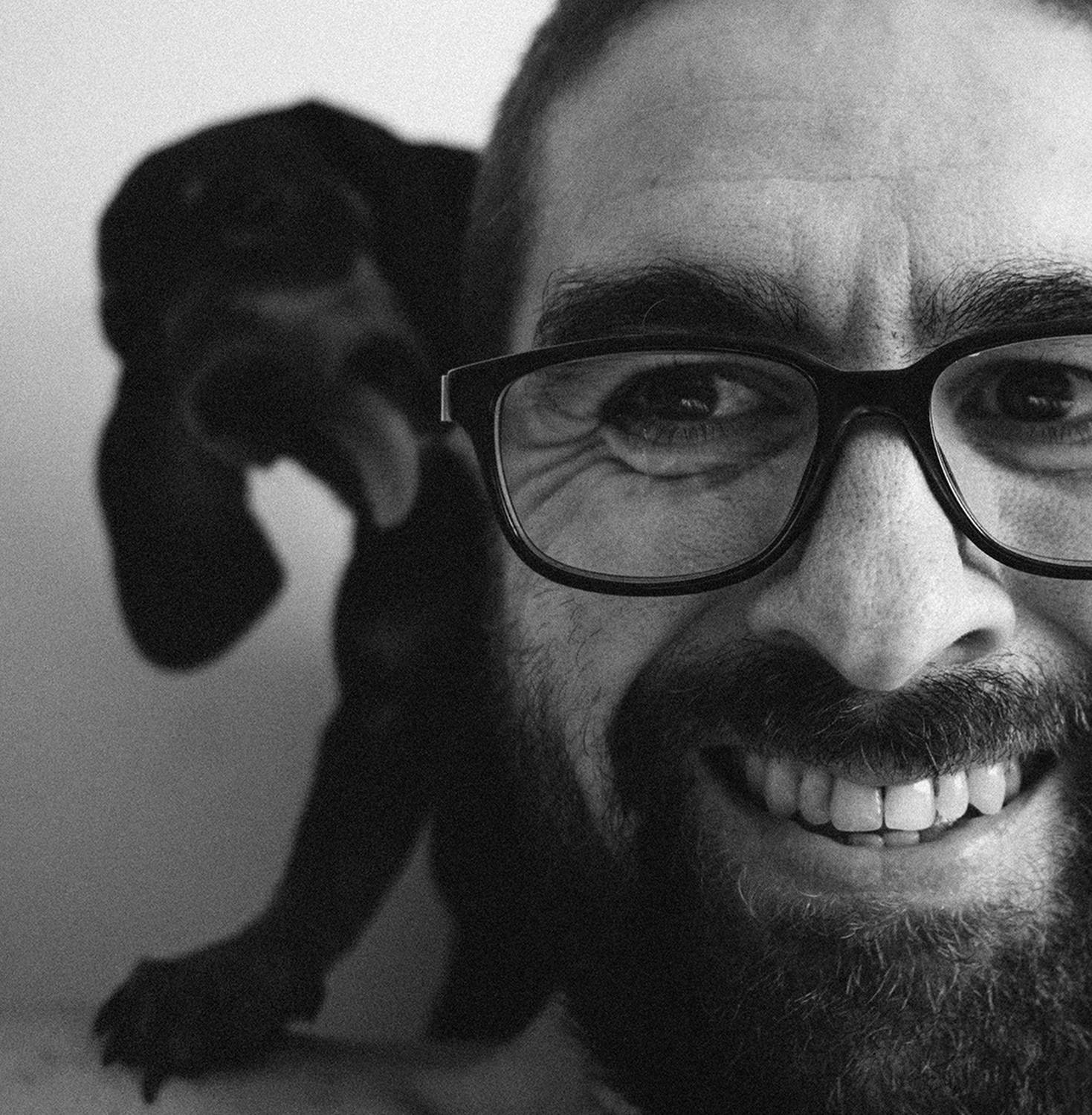
Hajdu Tamás Links:
Website: http://hajdutamas.blogspot.com
Behance: https://www.behance.net/HajduTamas
Facebook: https://www.facebook.com/hajdutomi
Instagram: https://www.instagram.com/pleshuv

